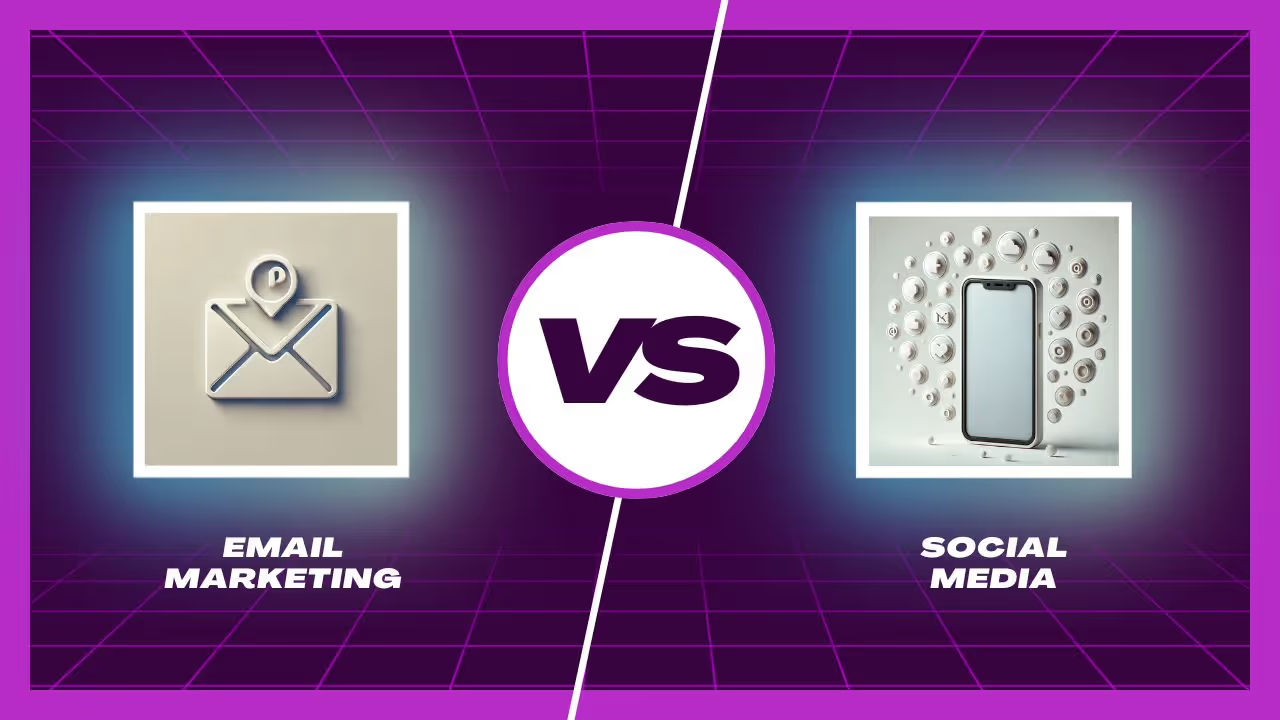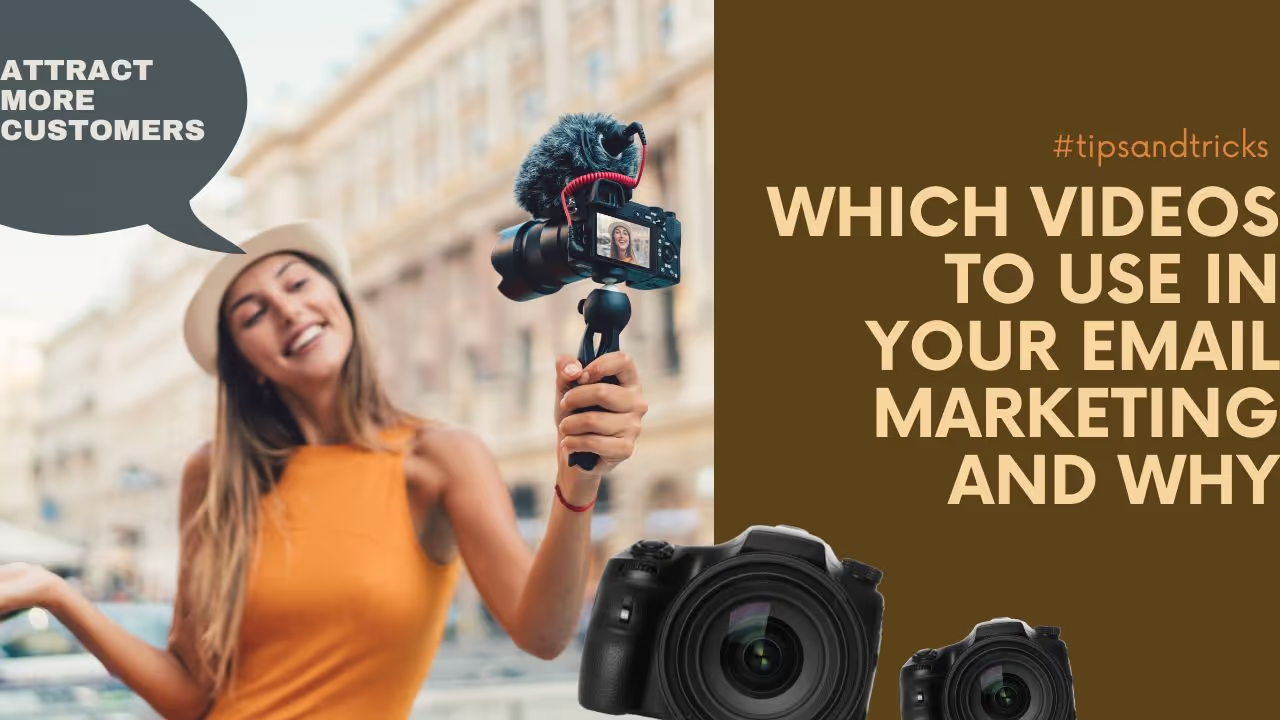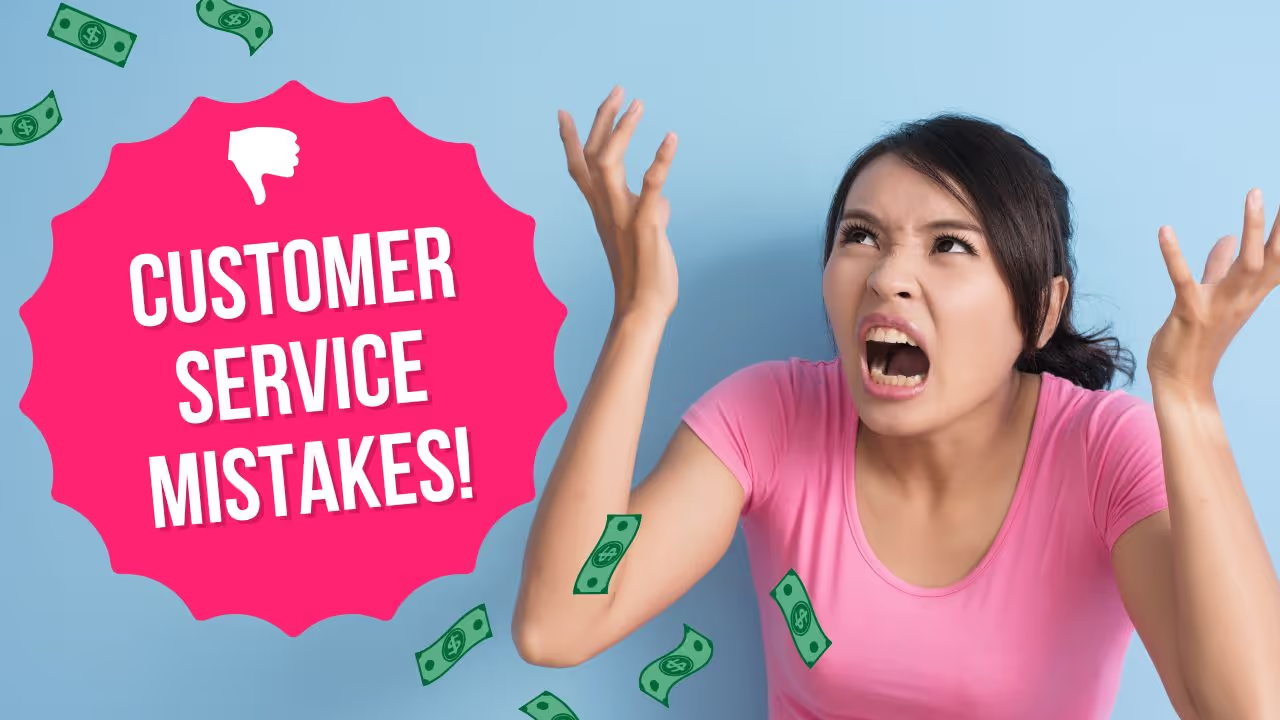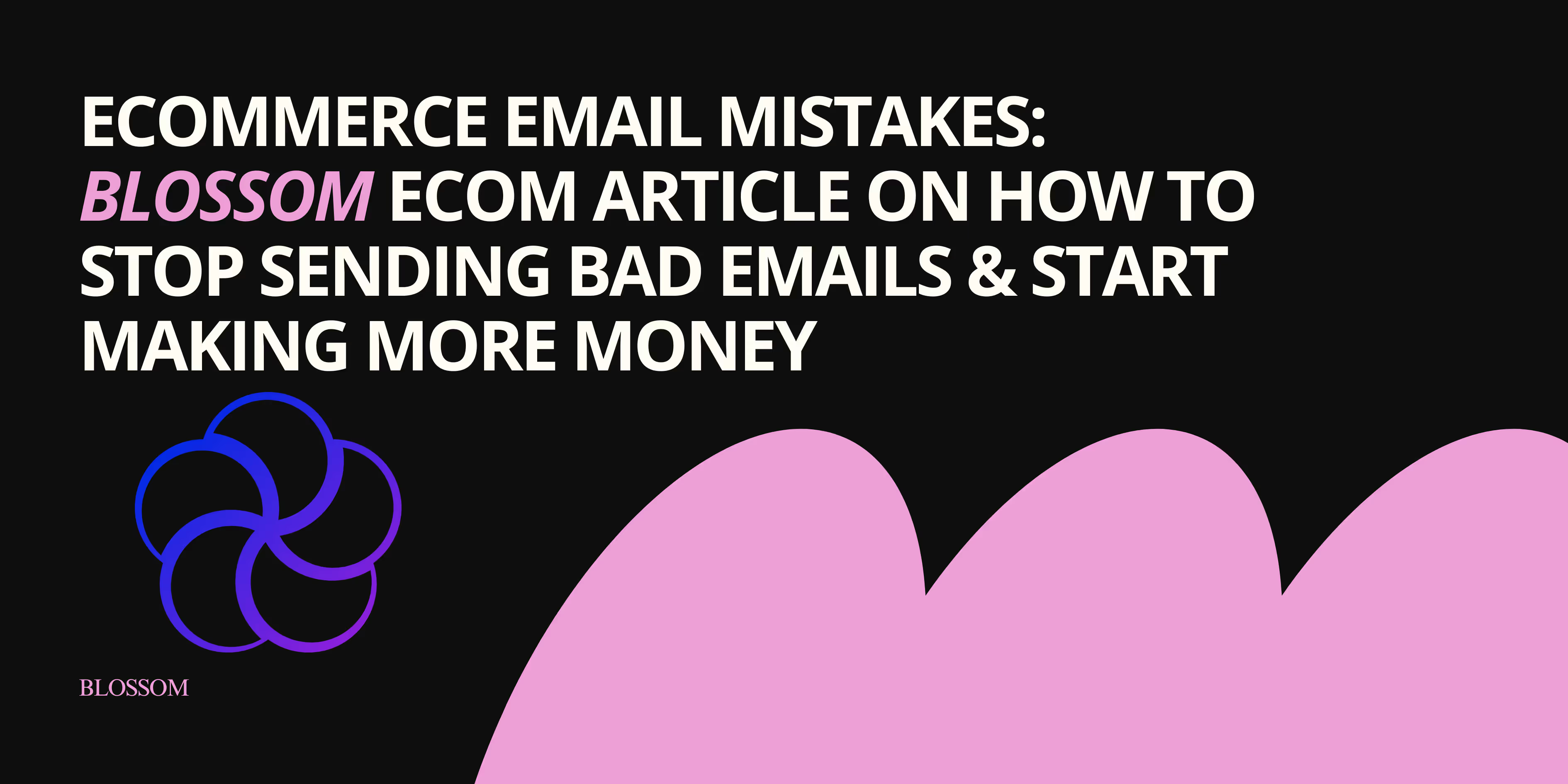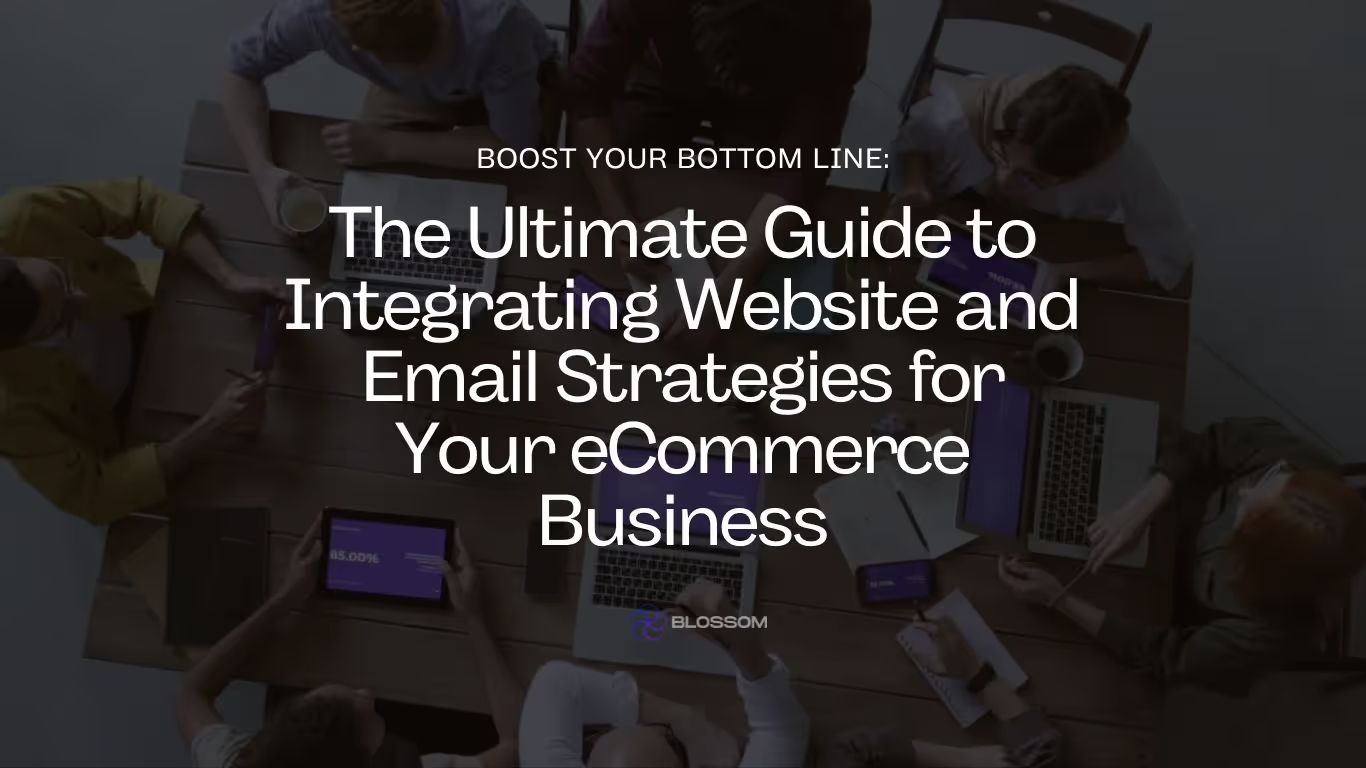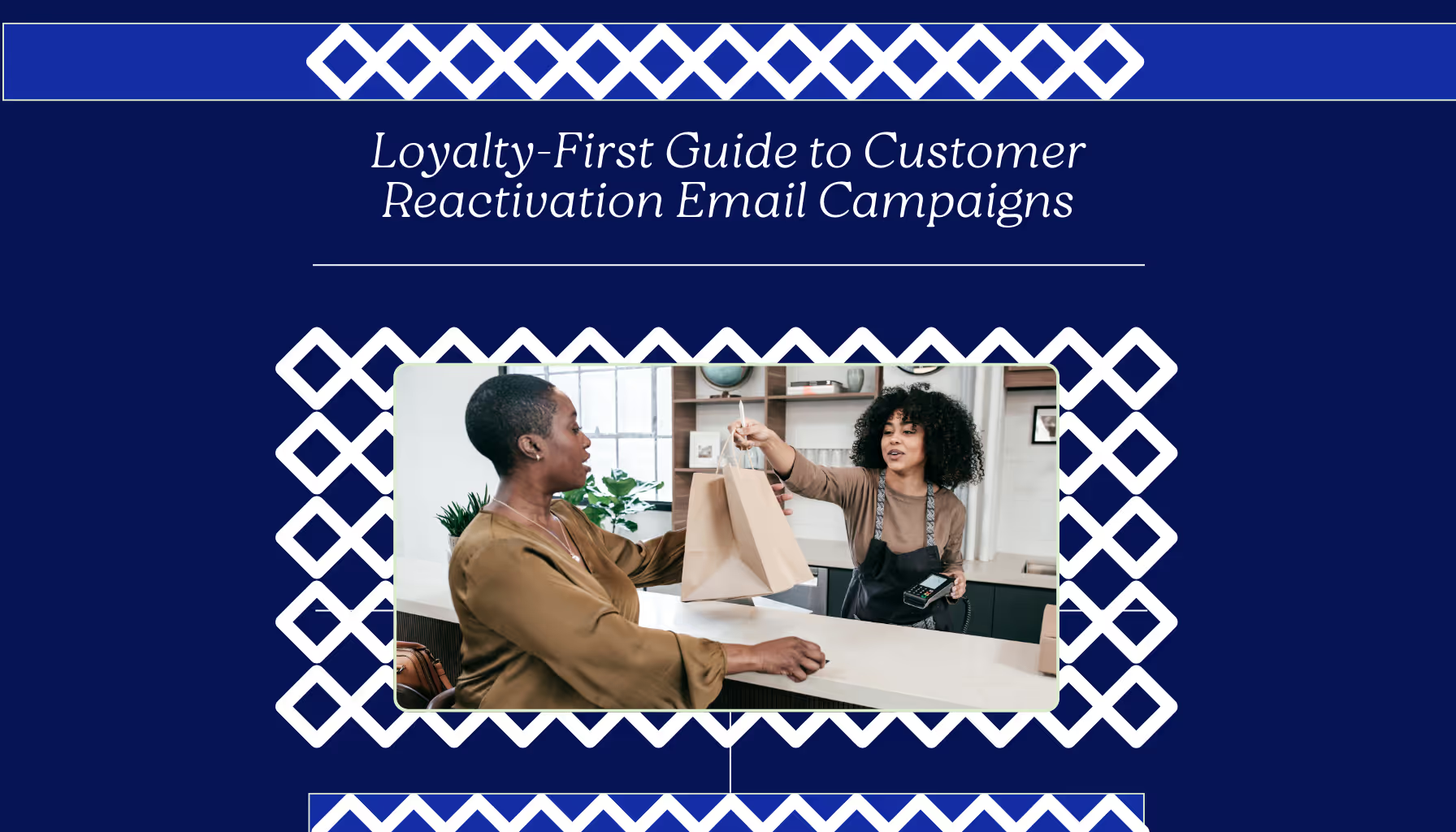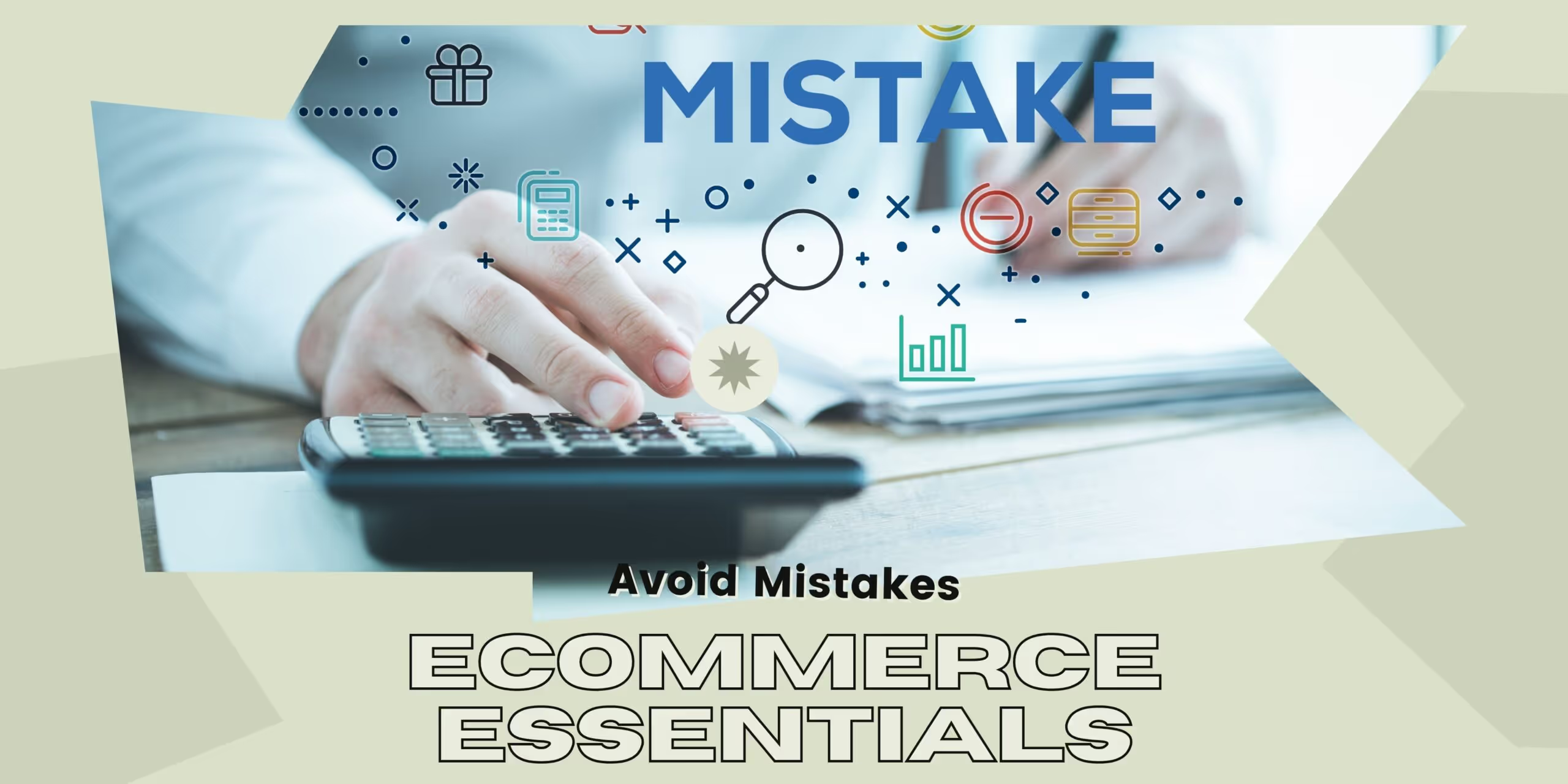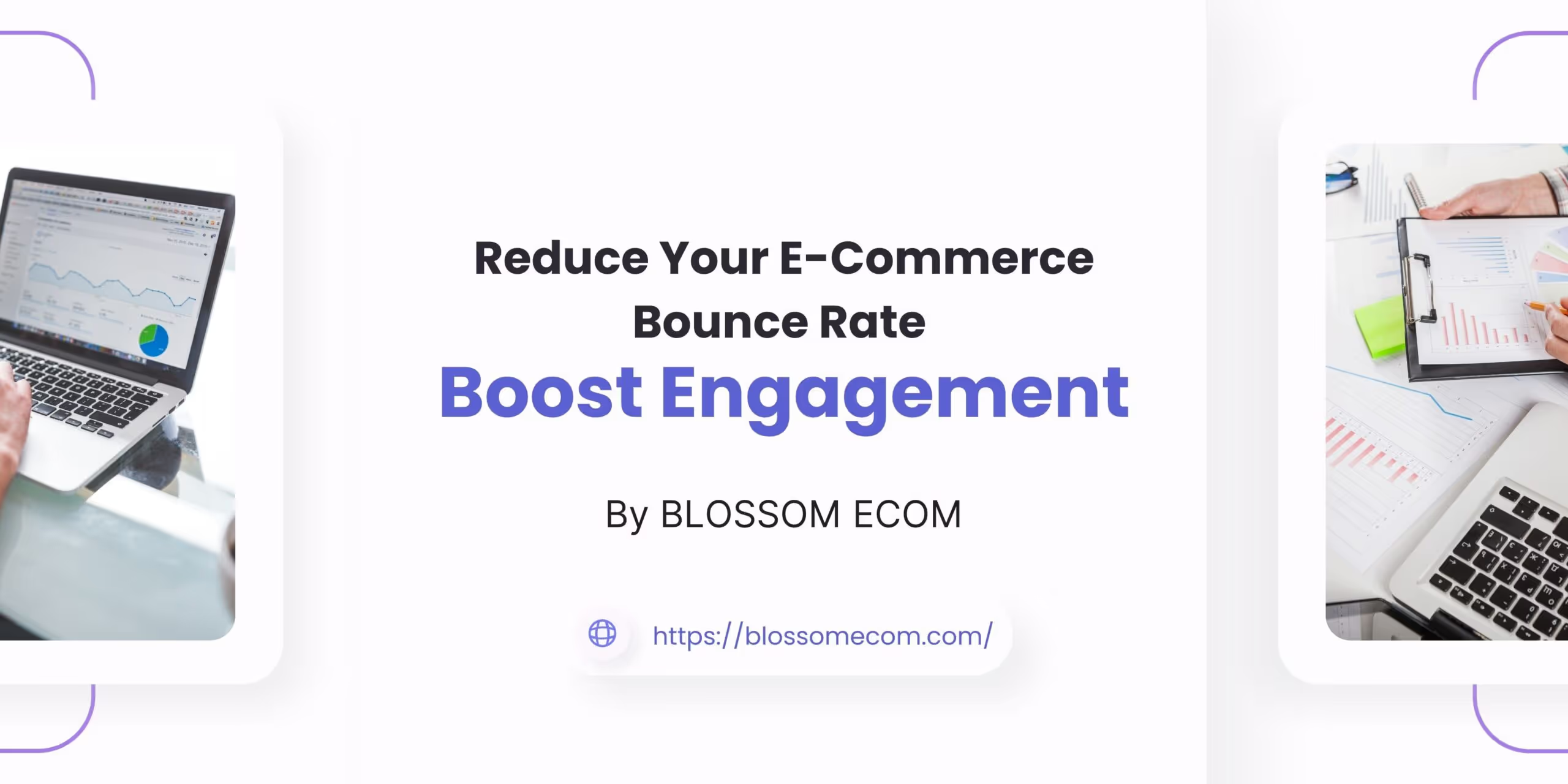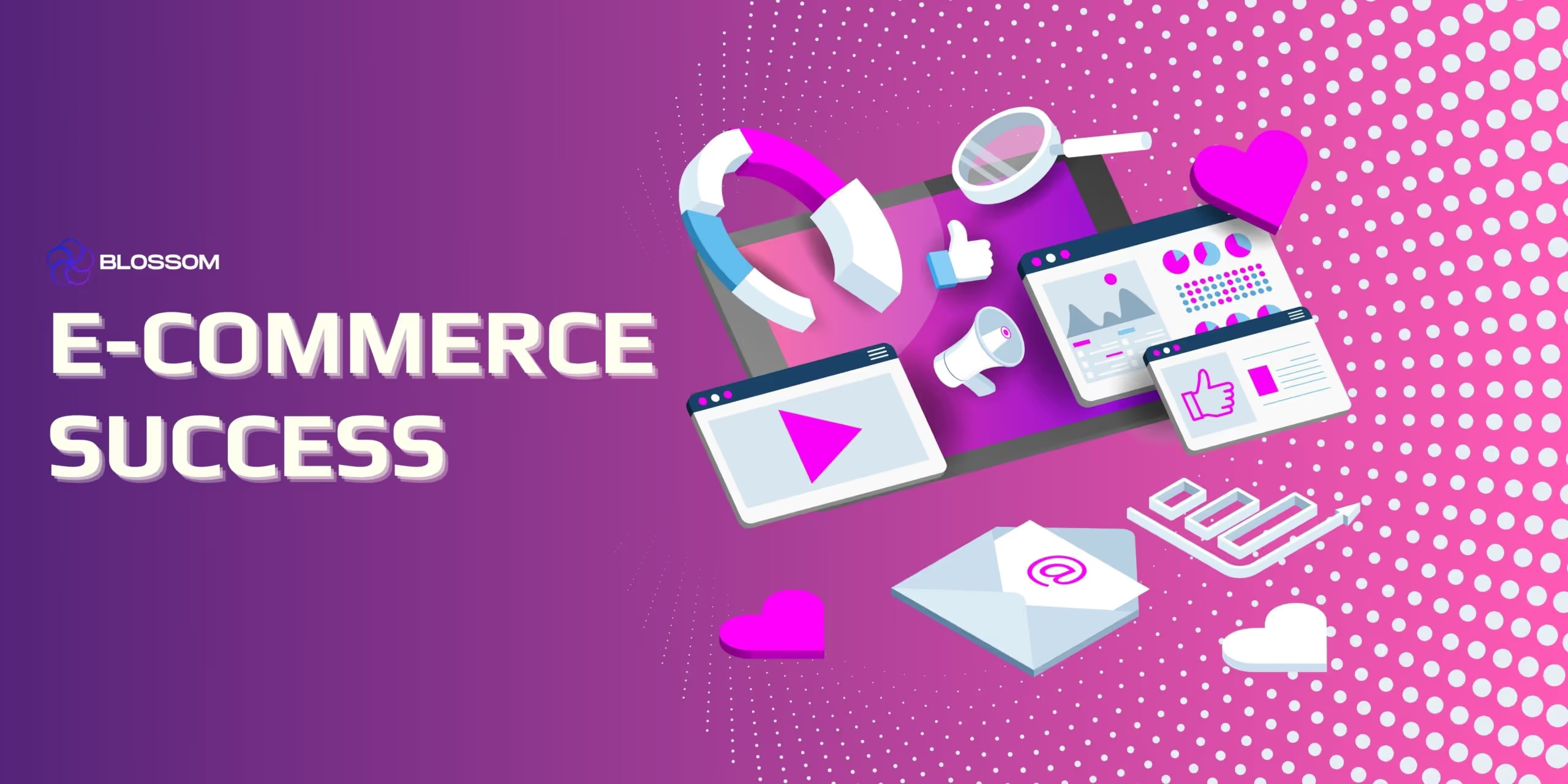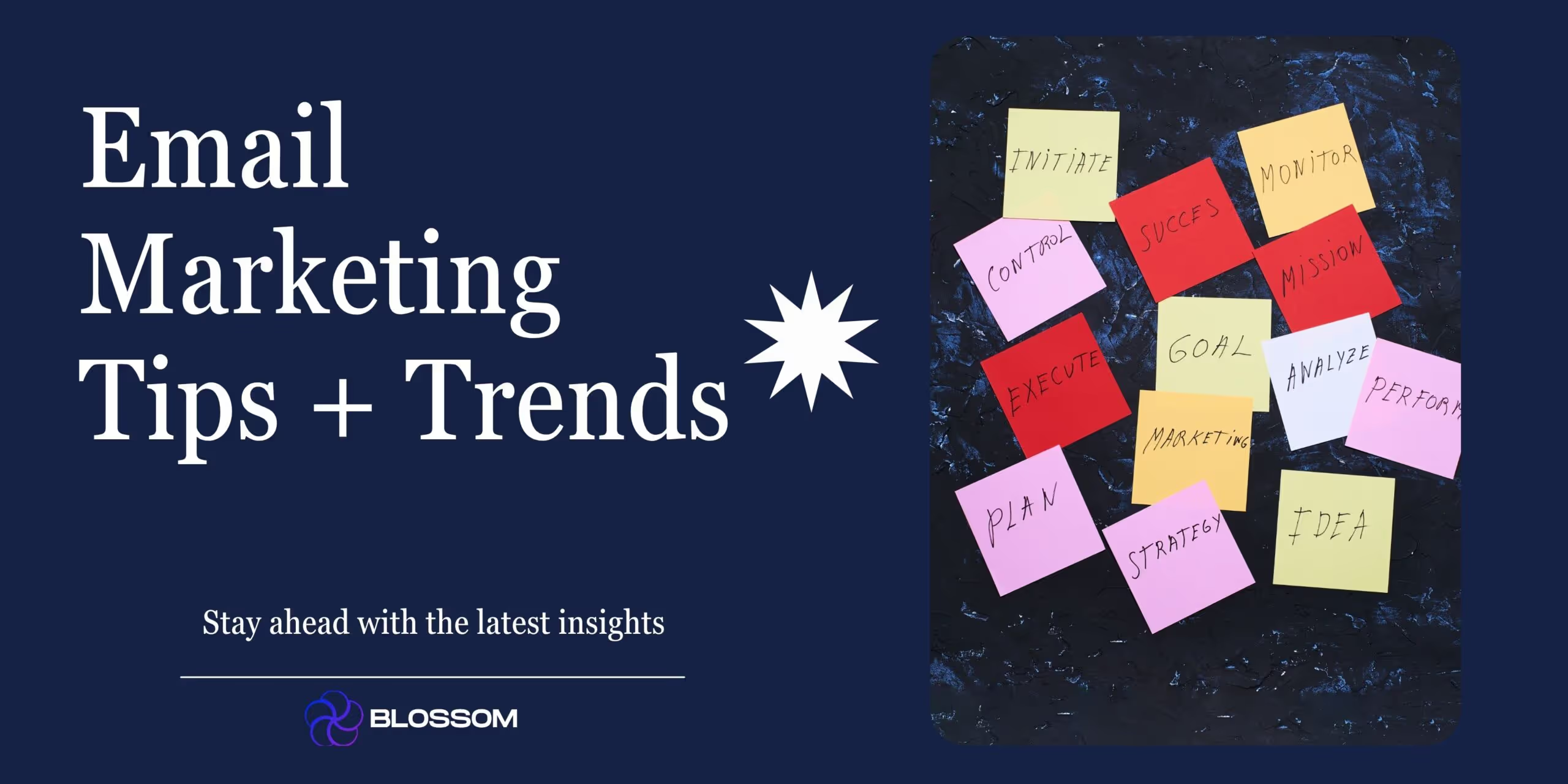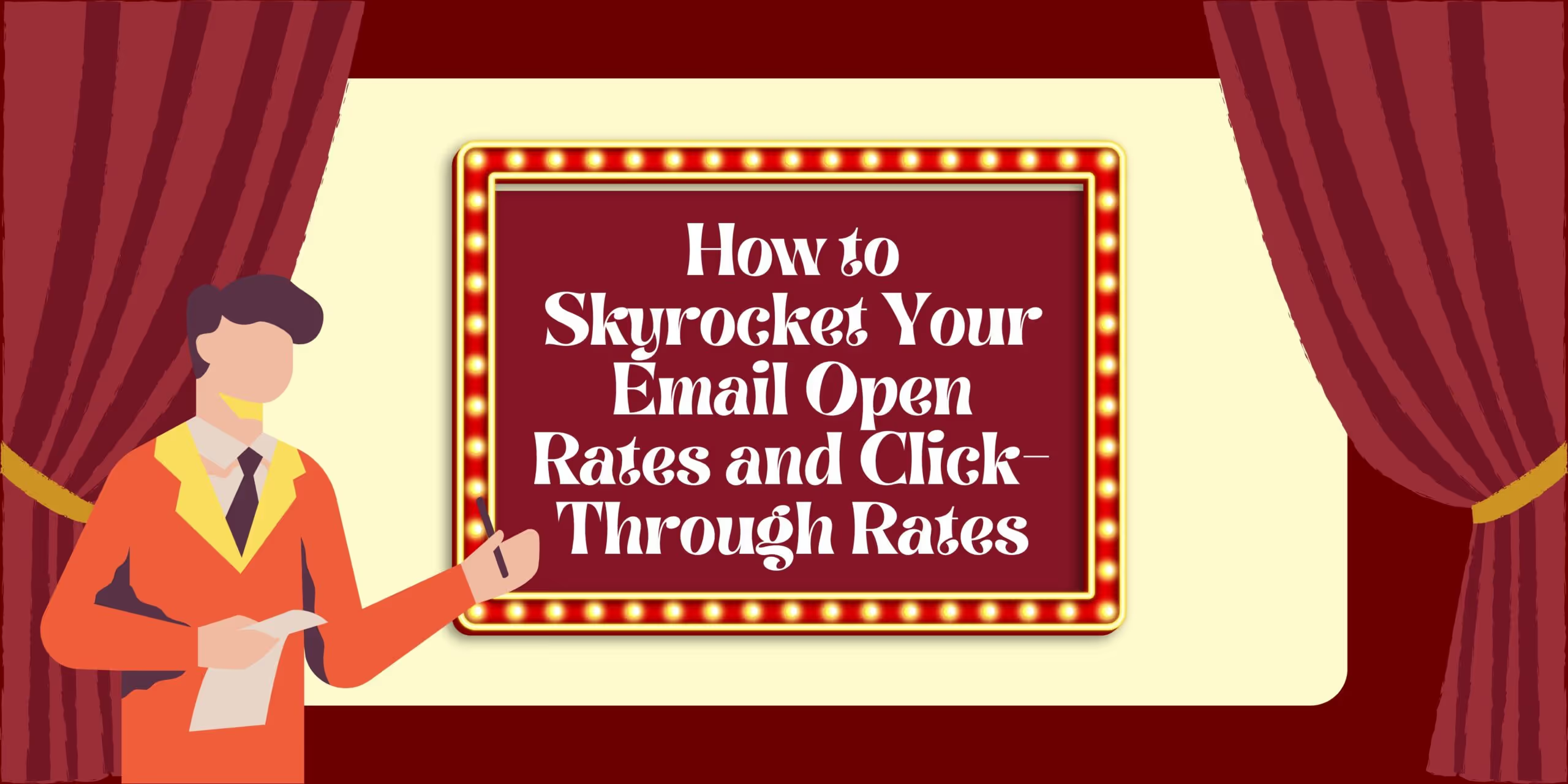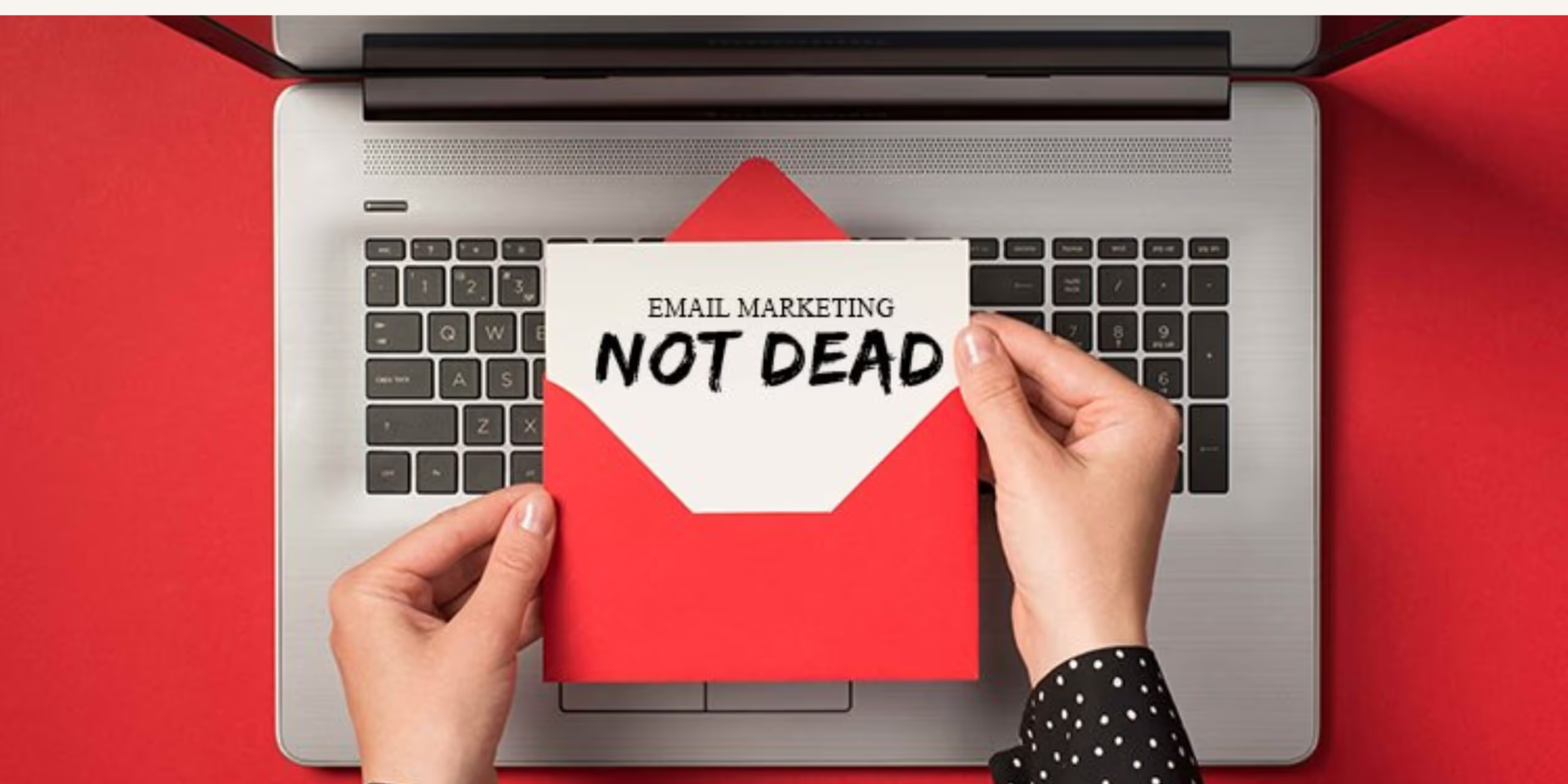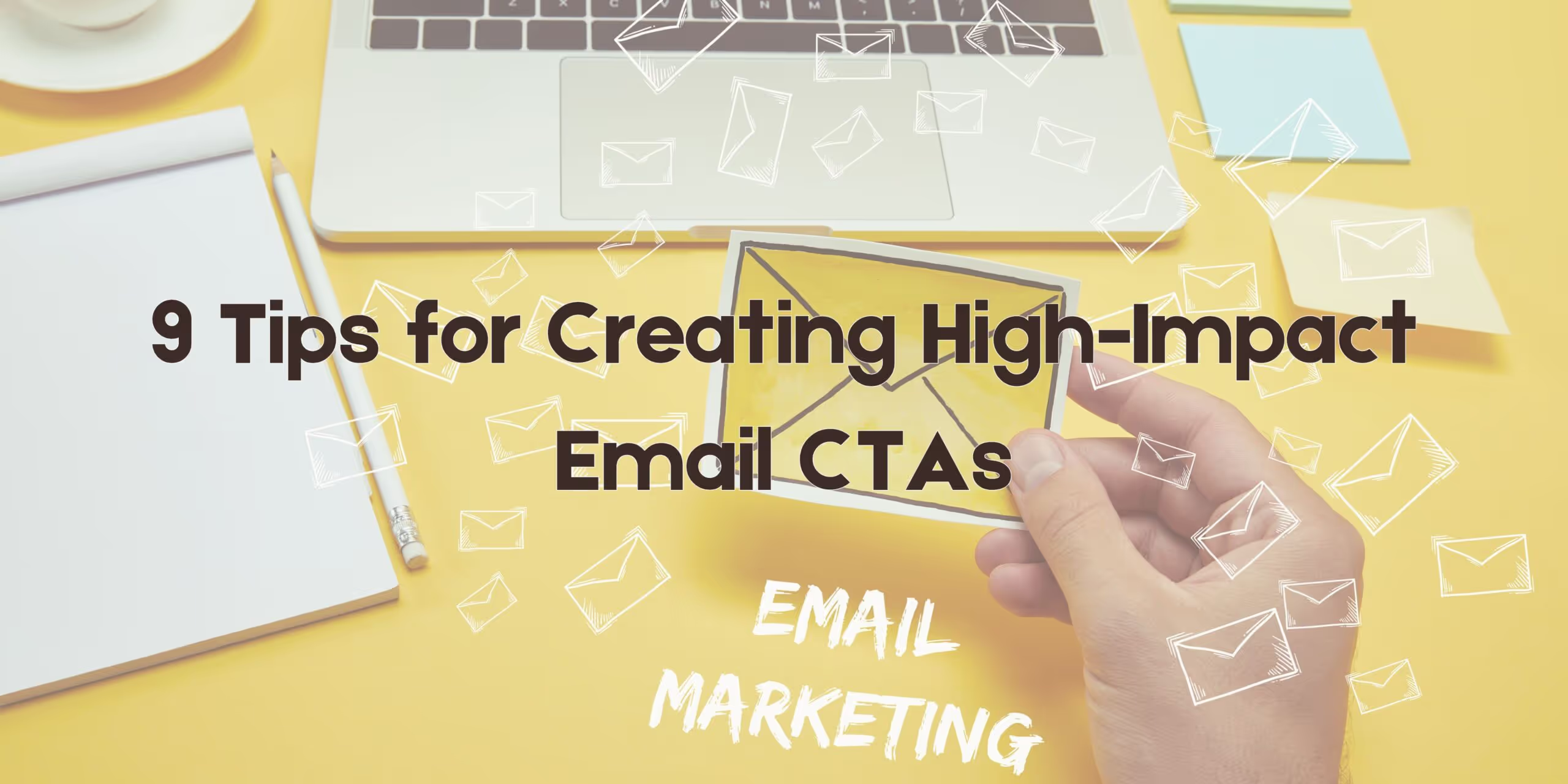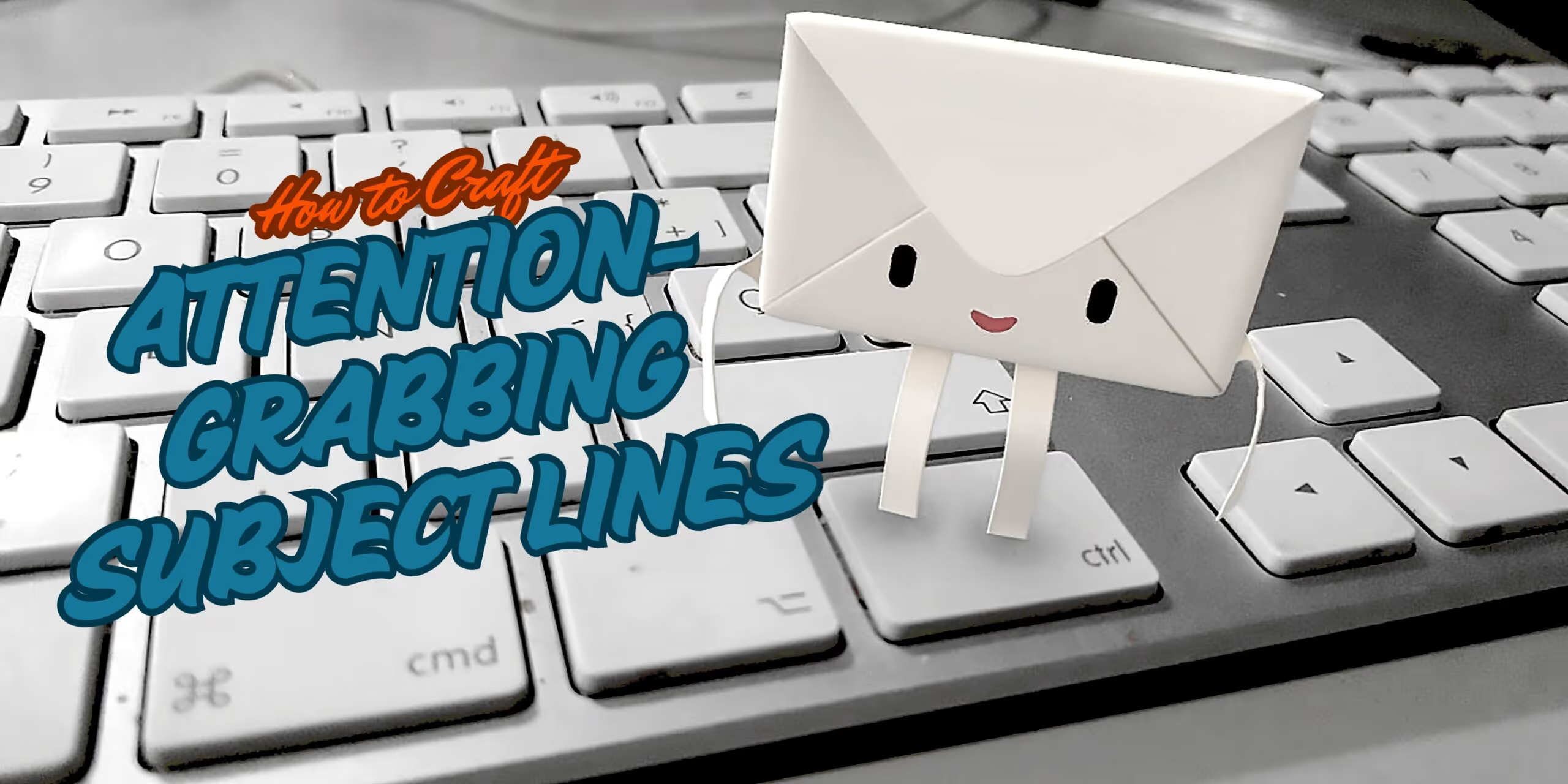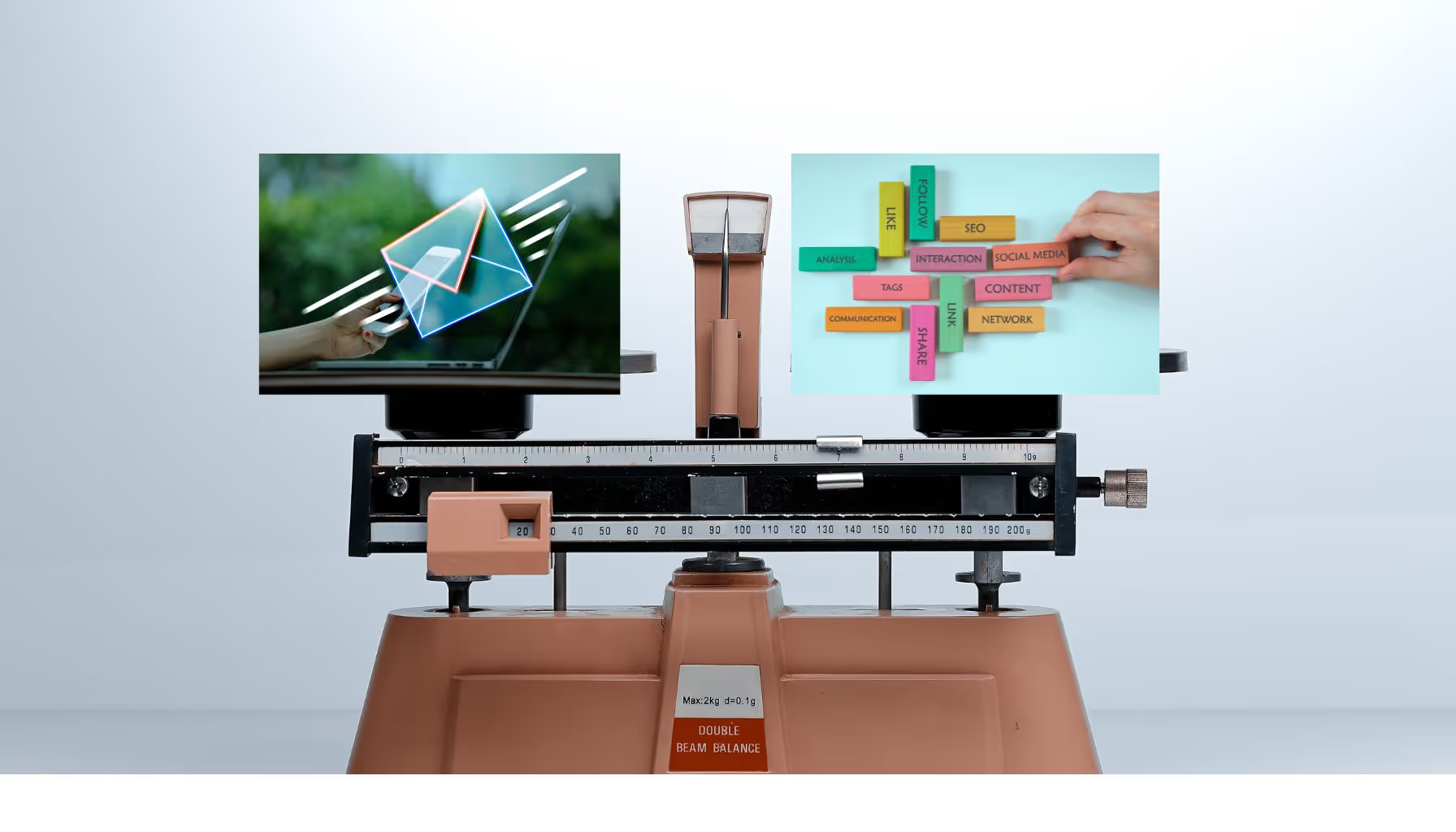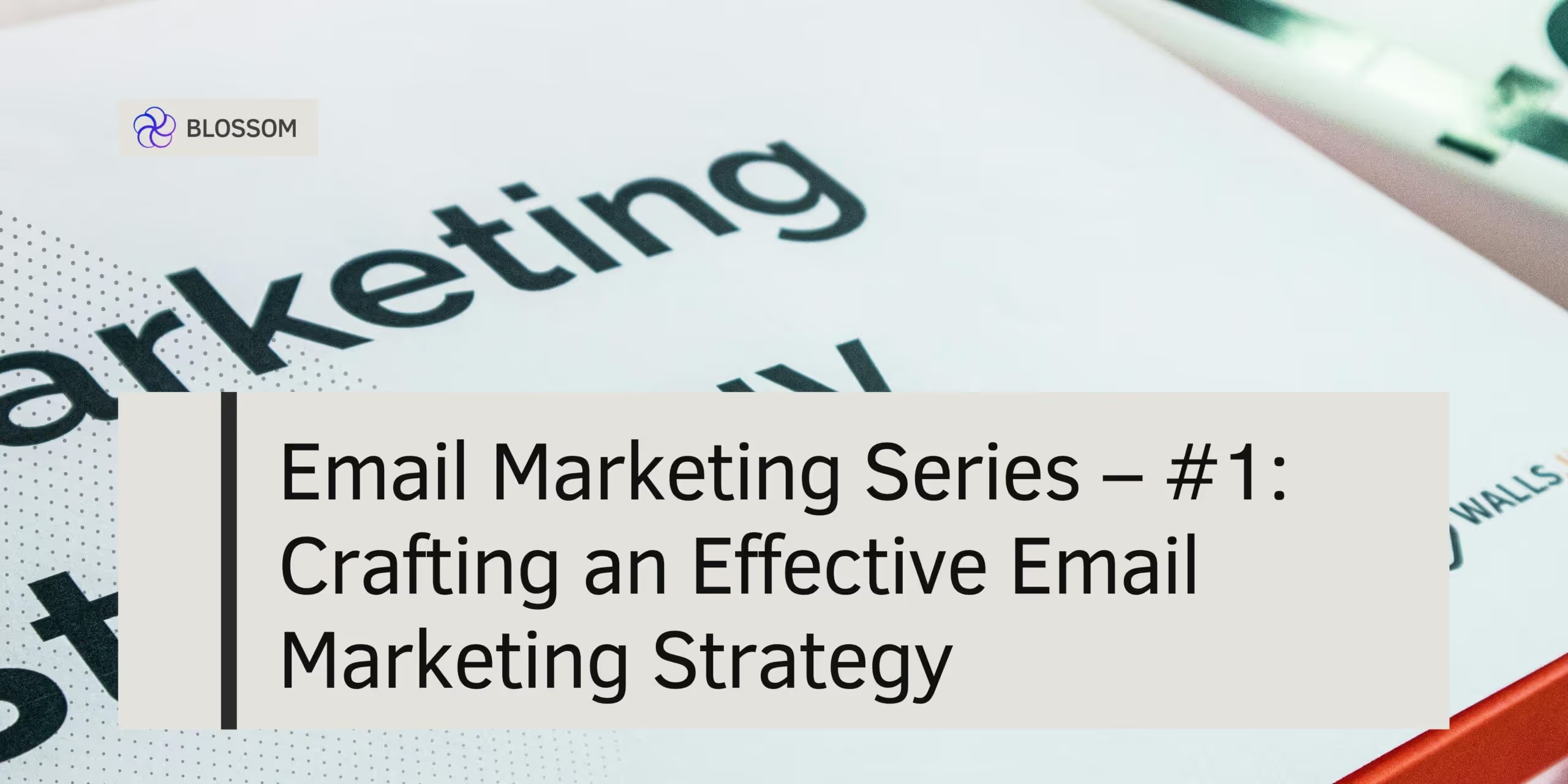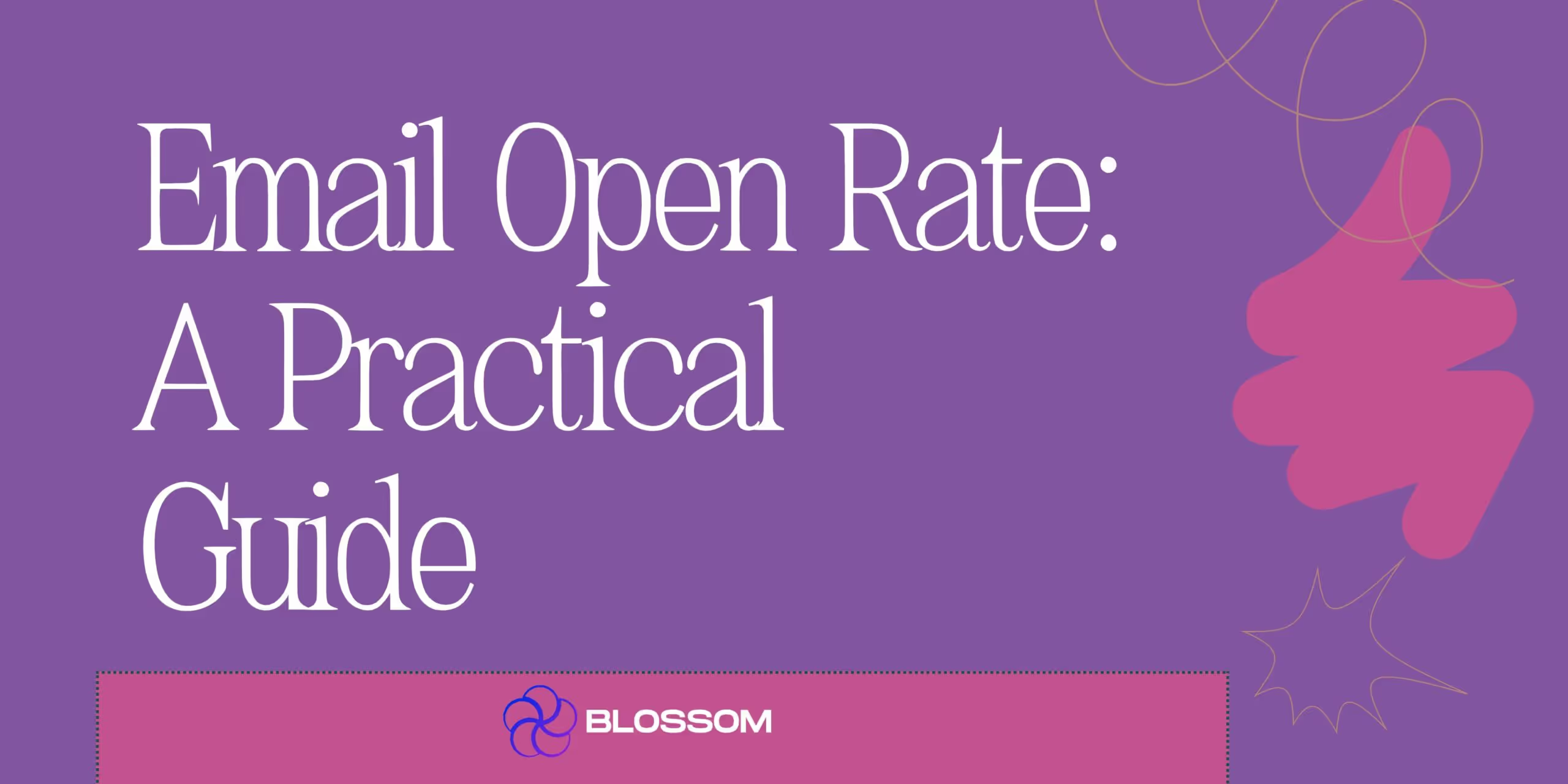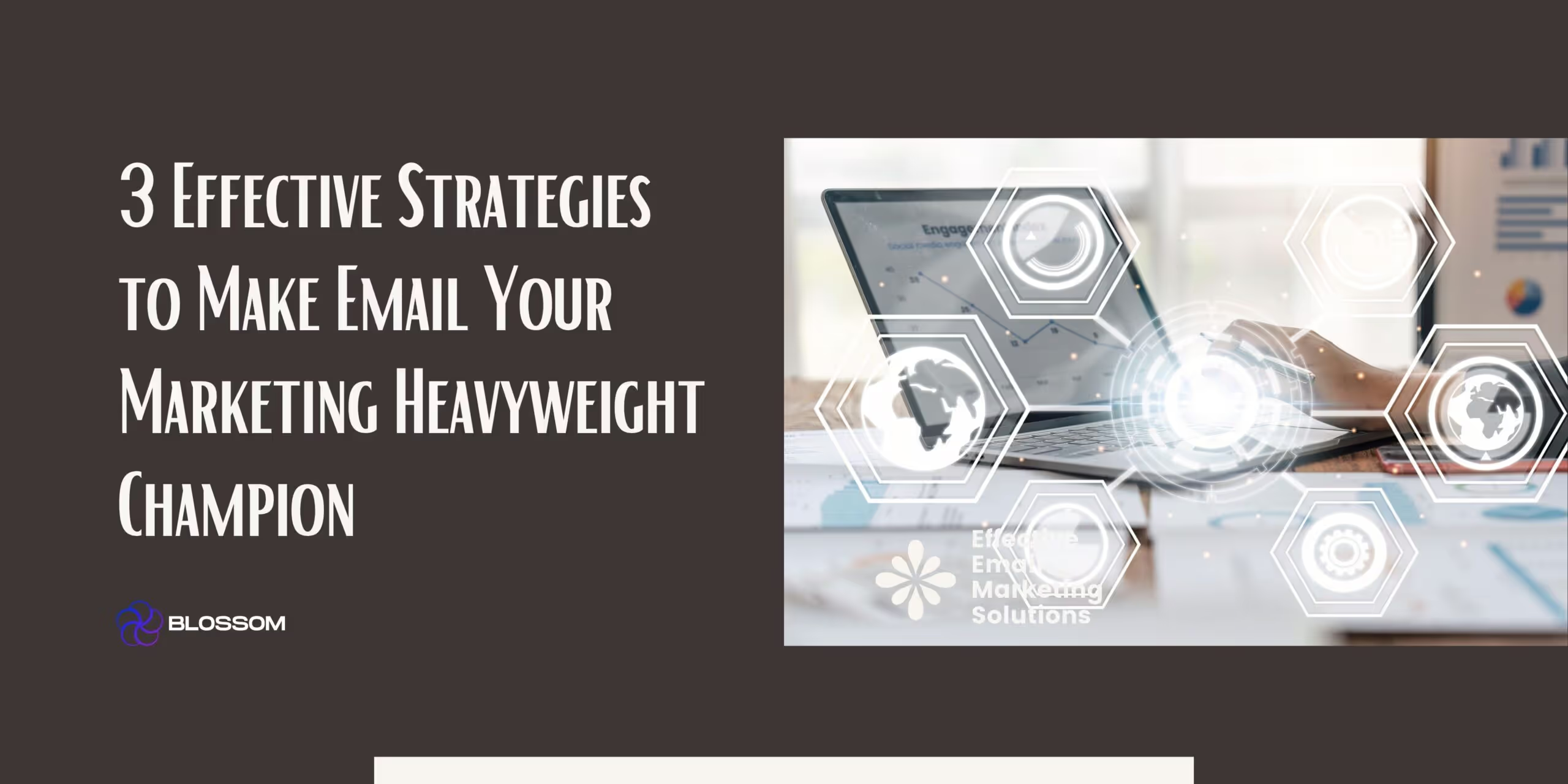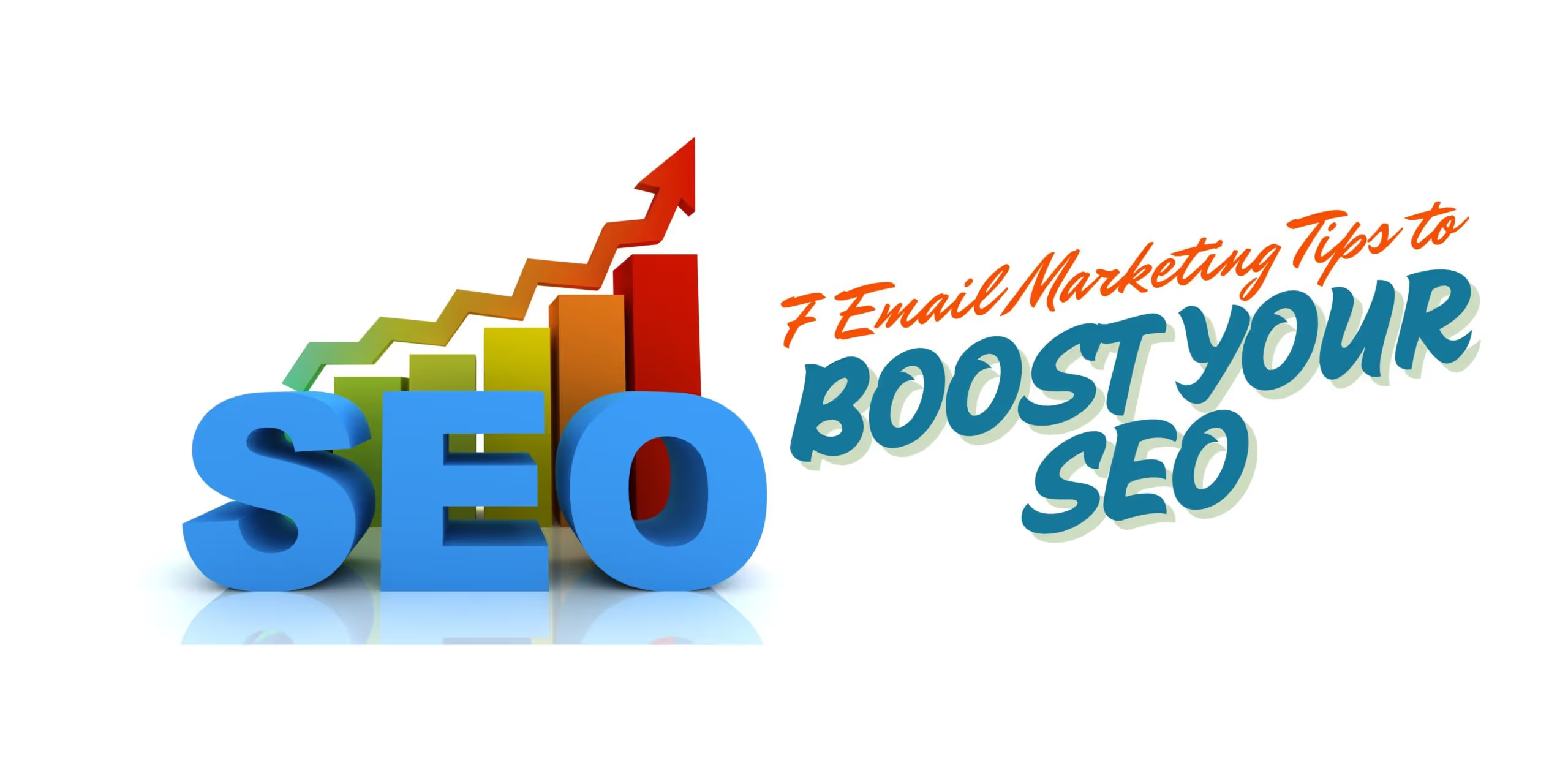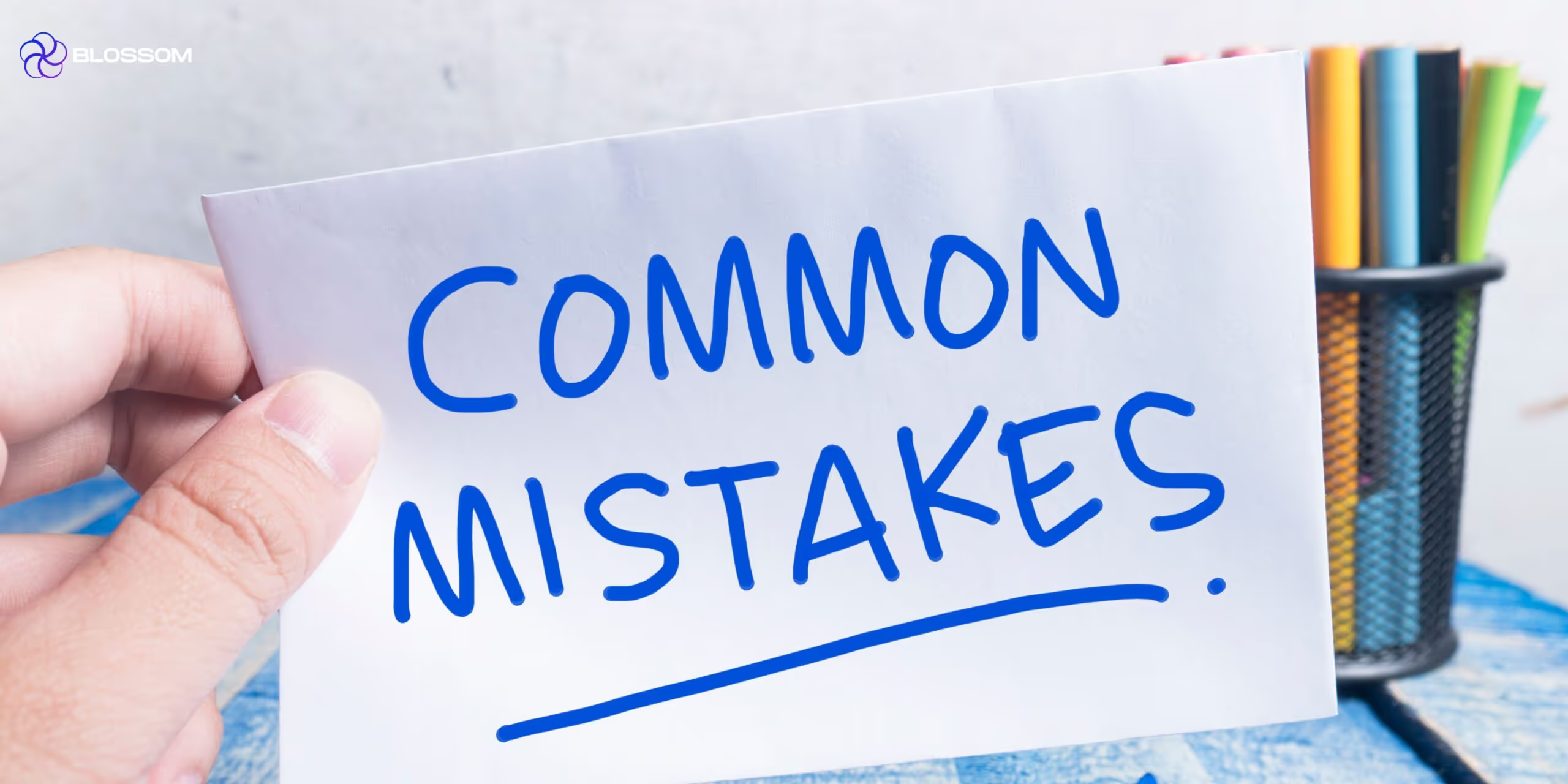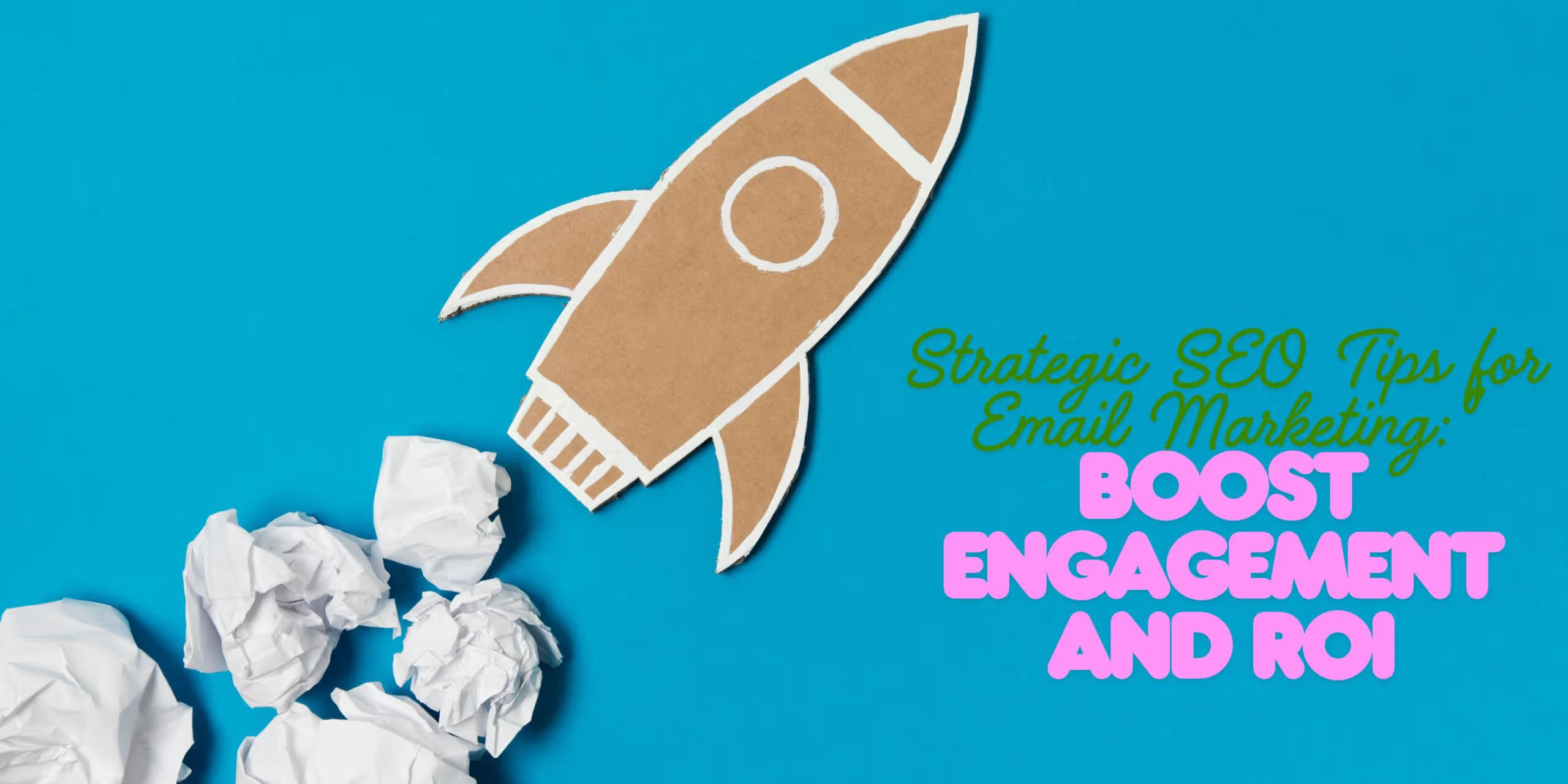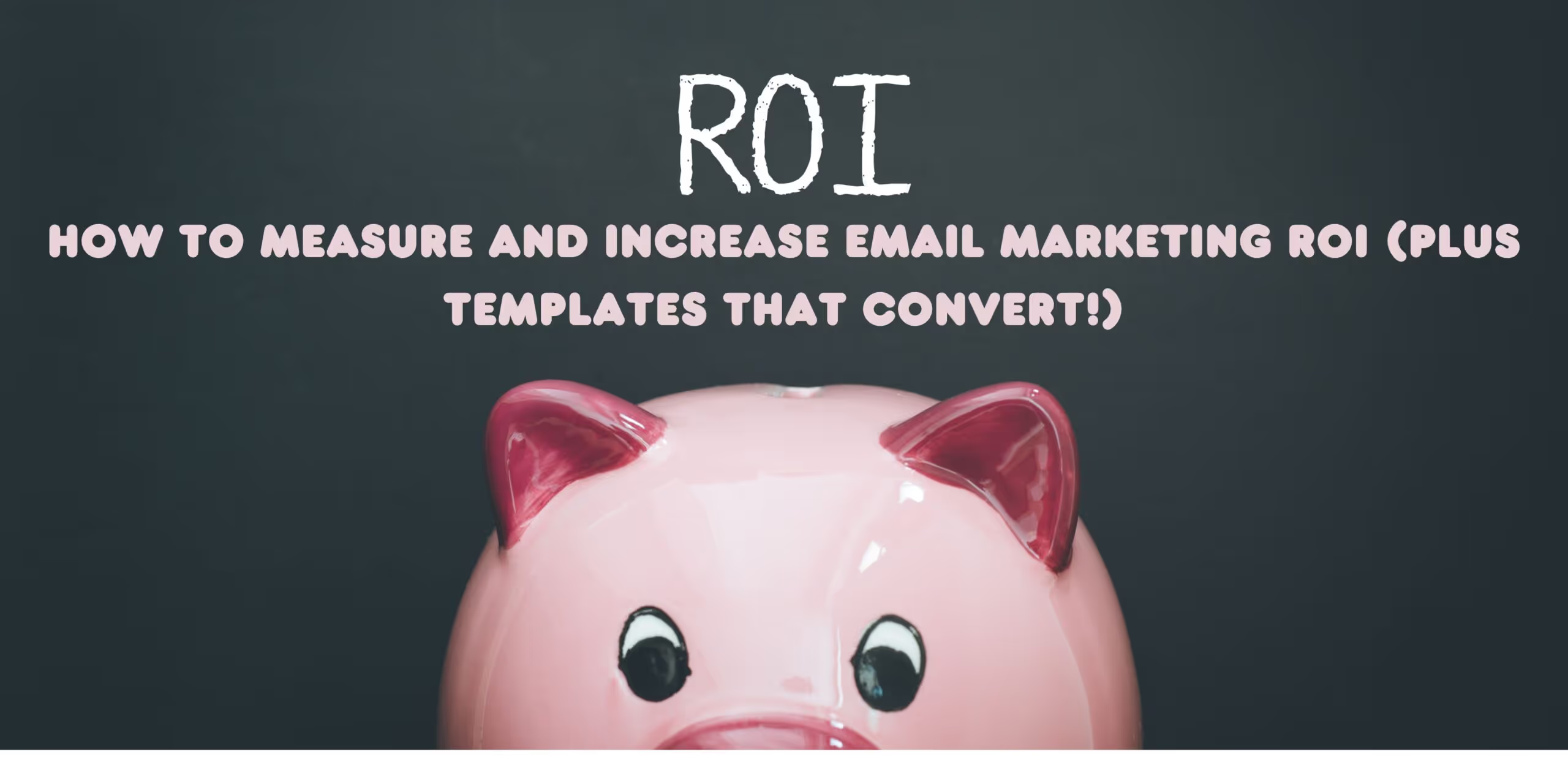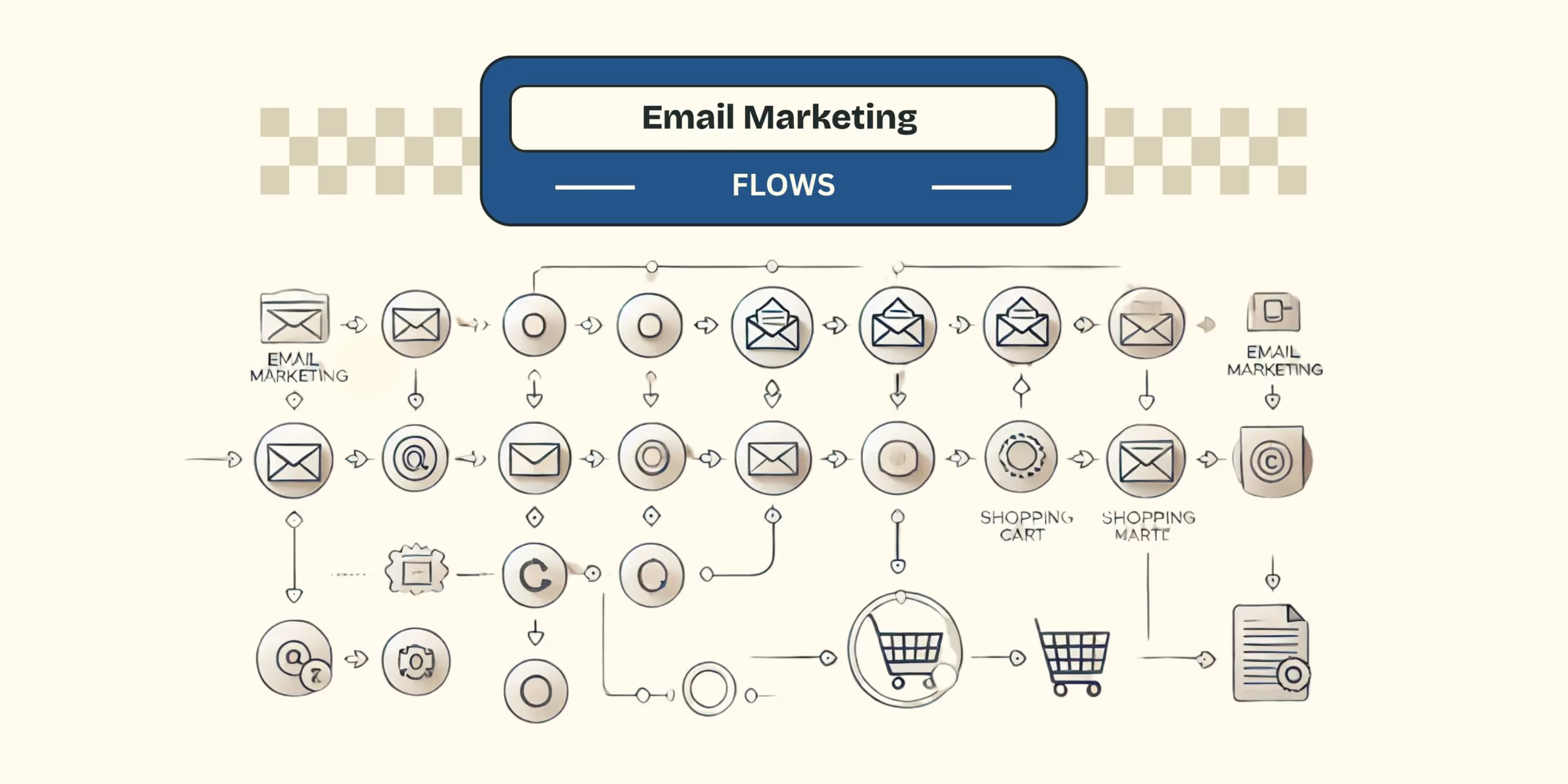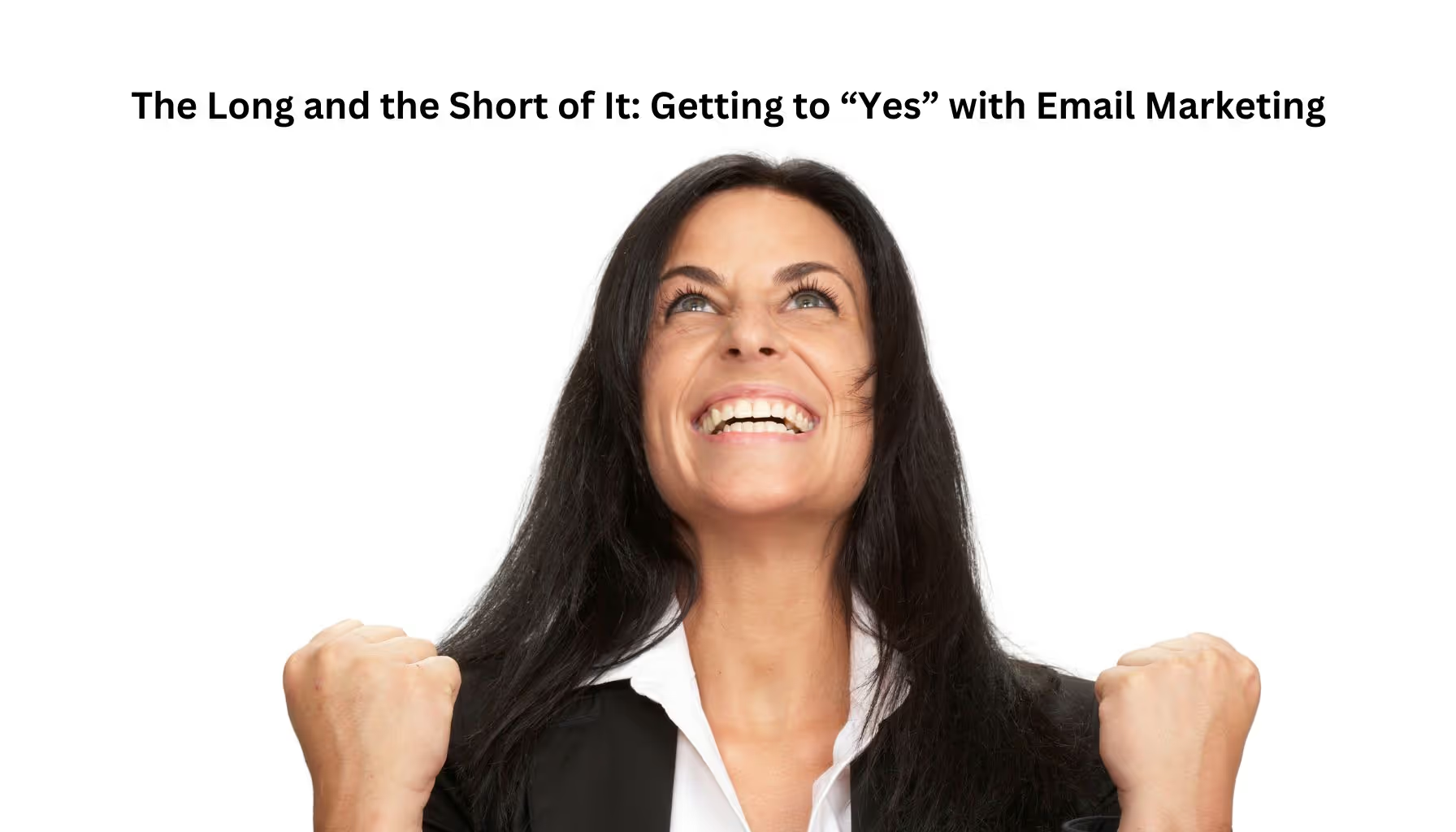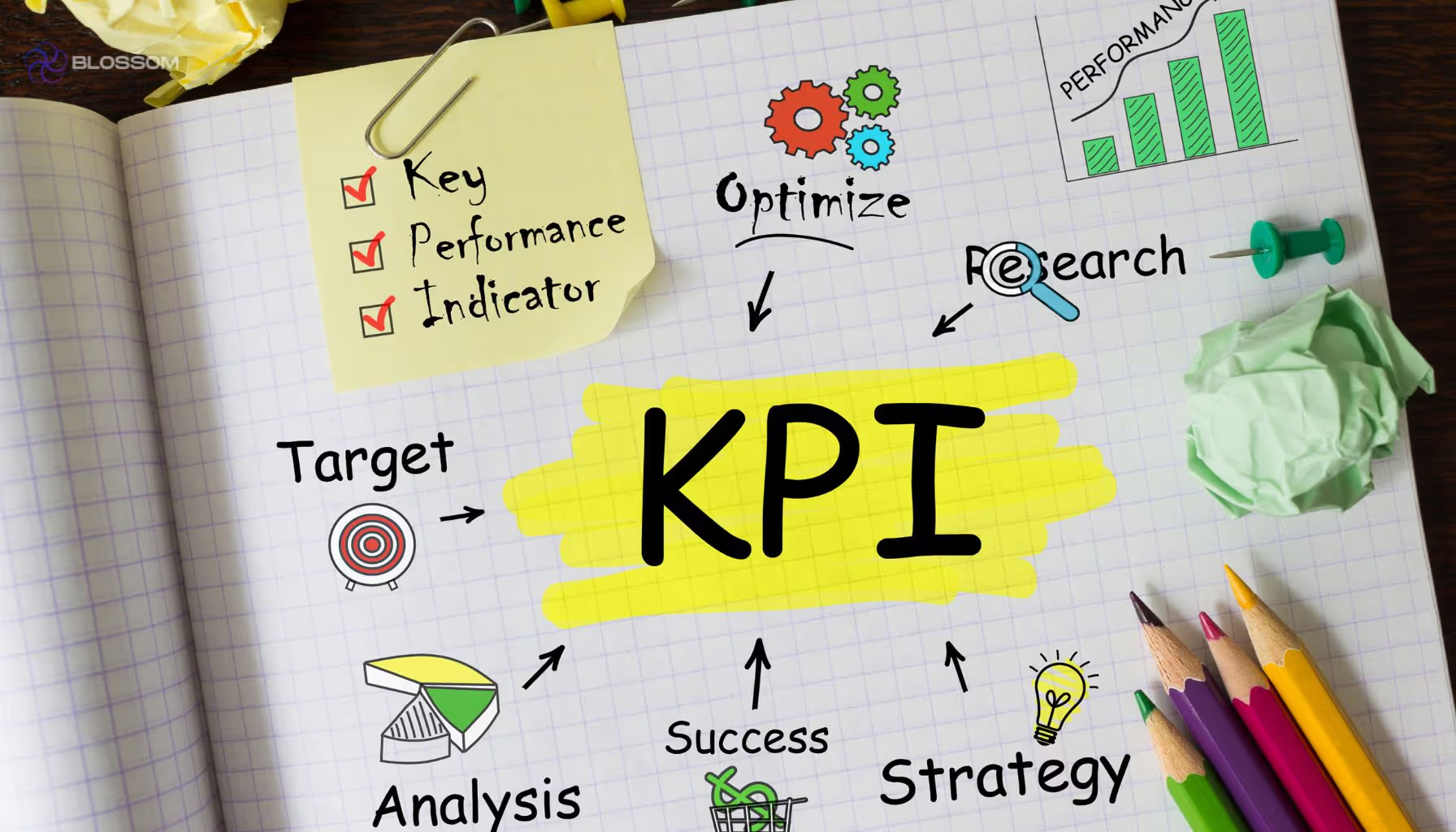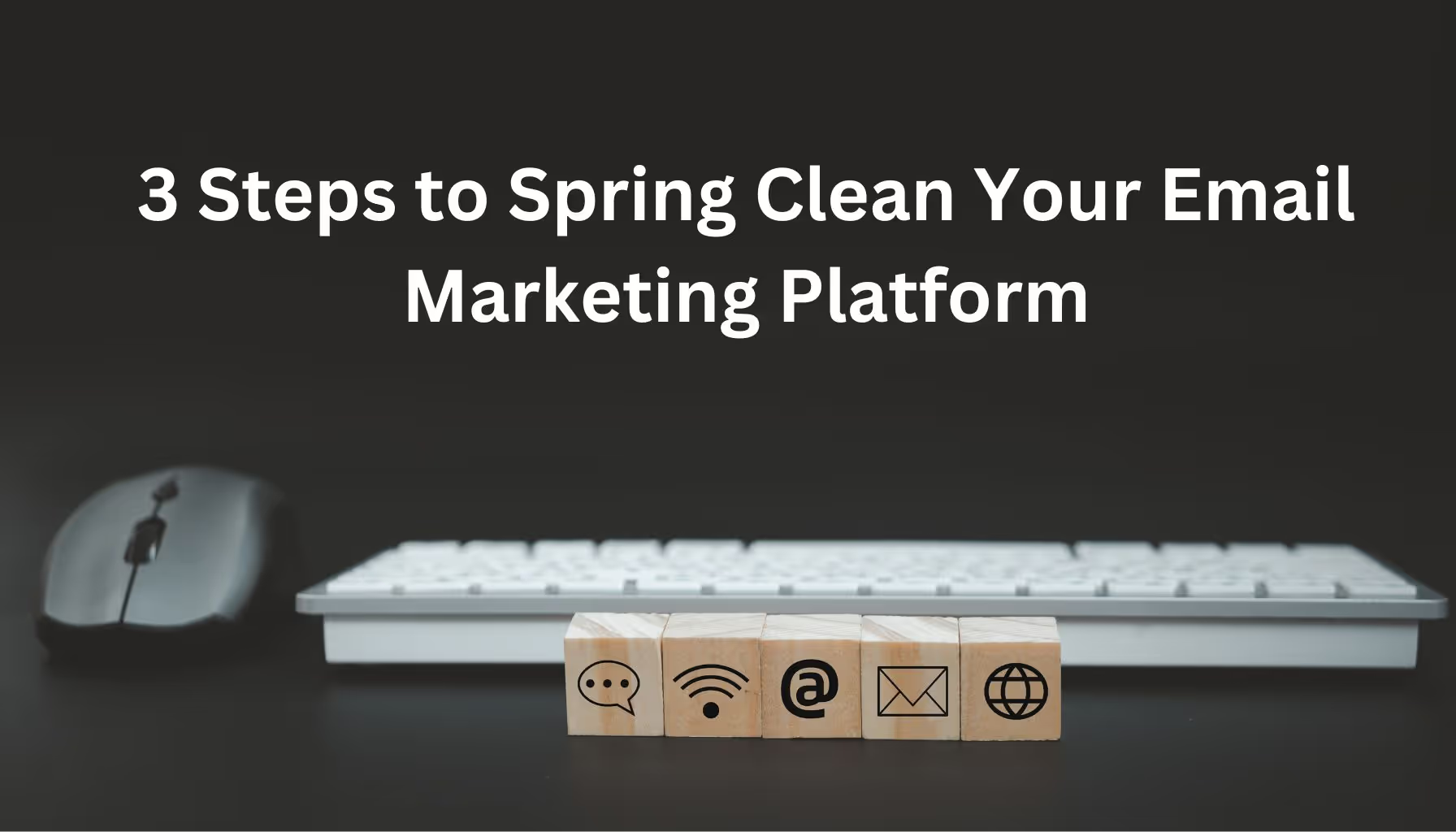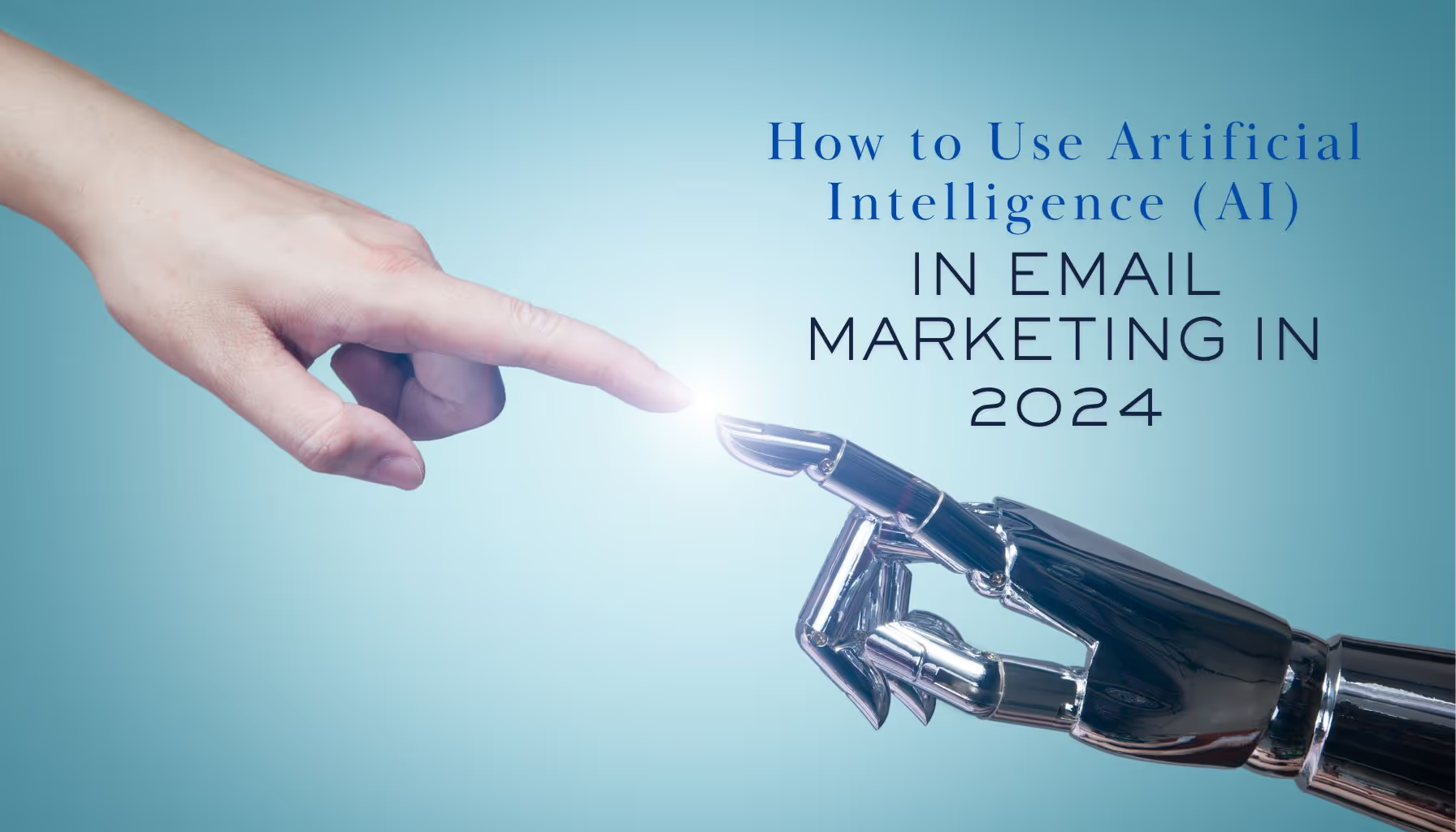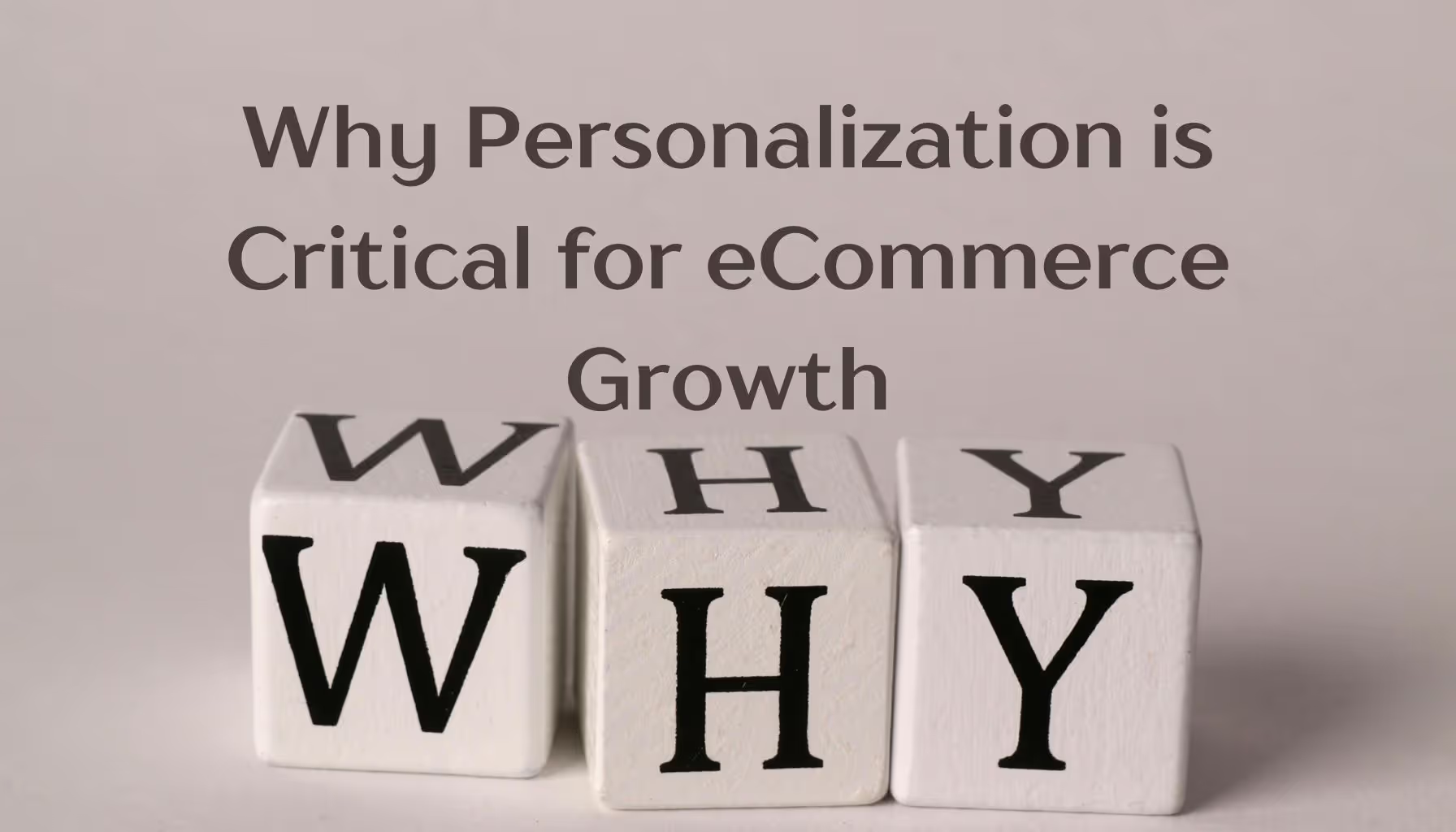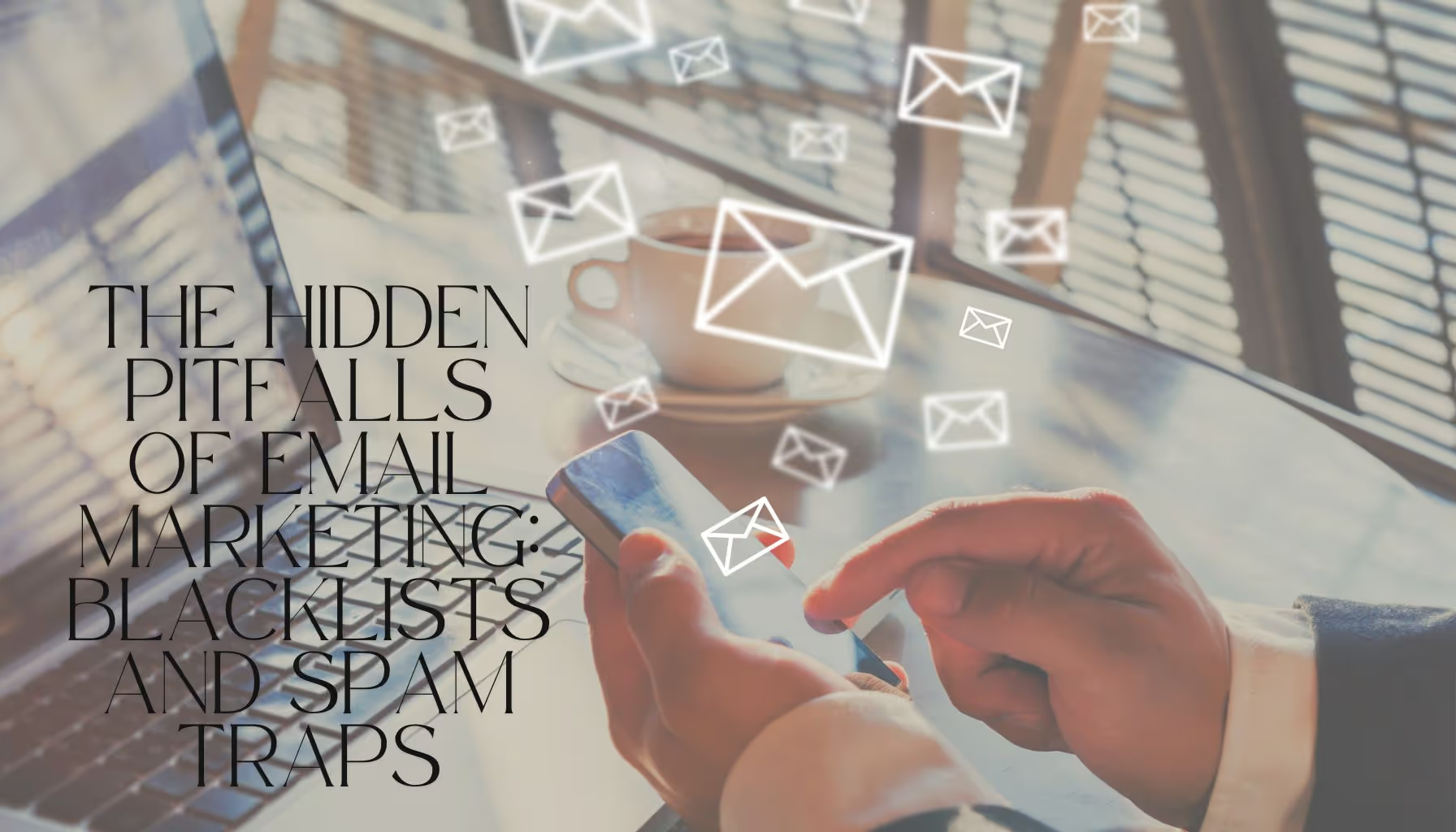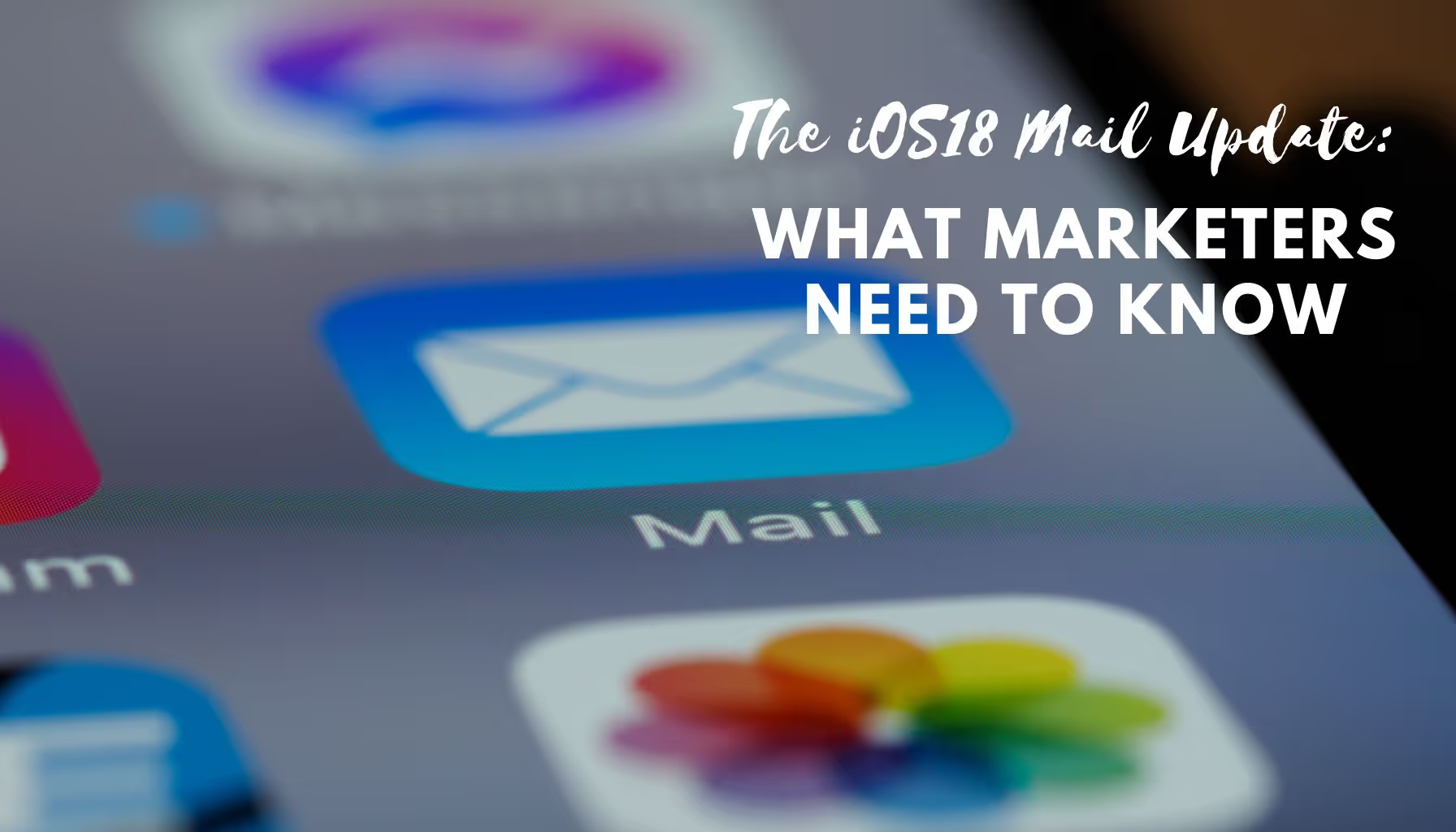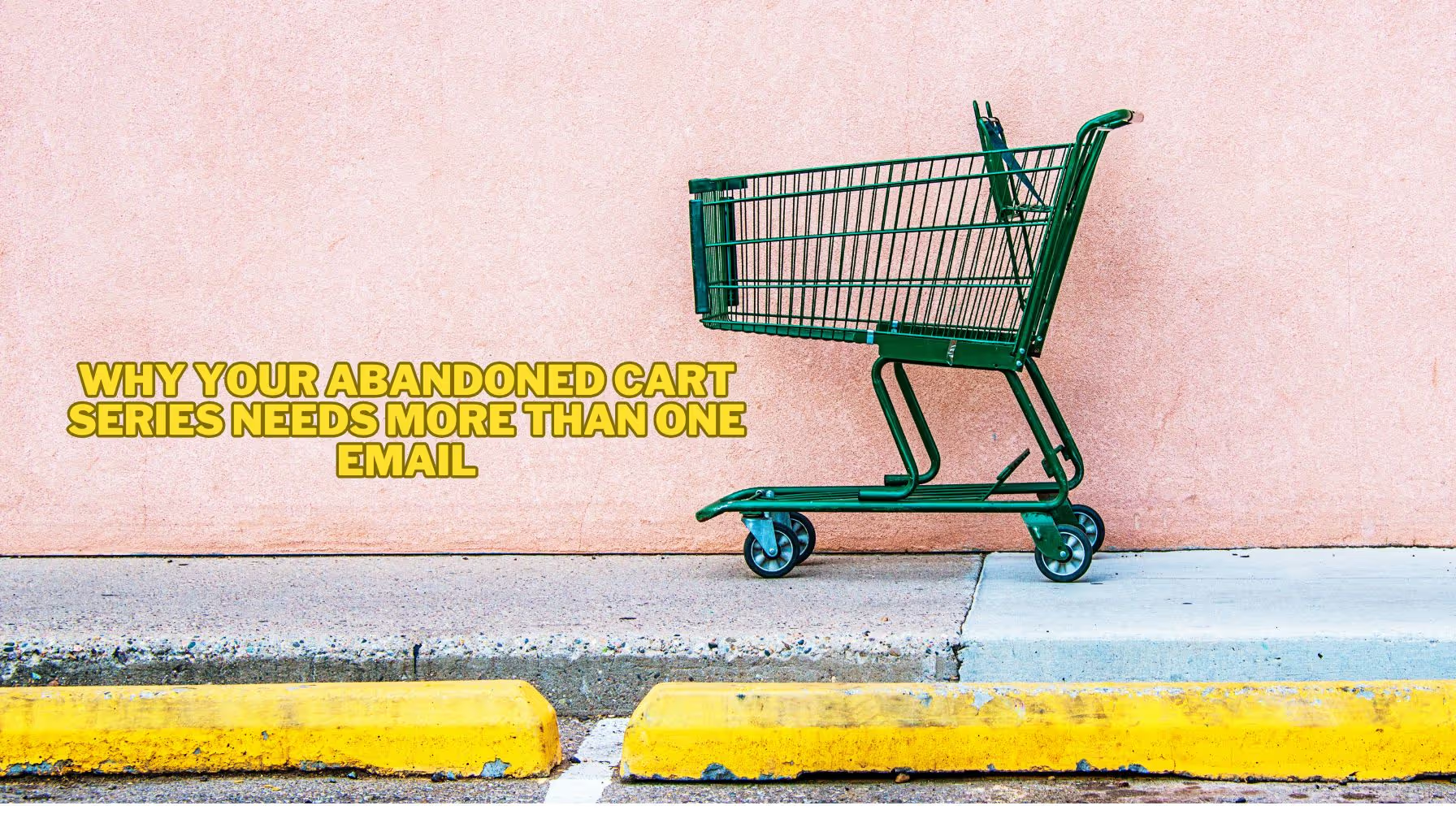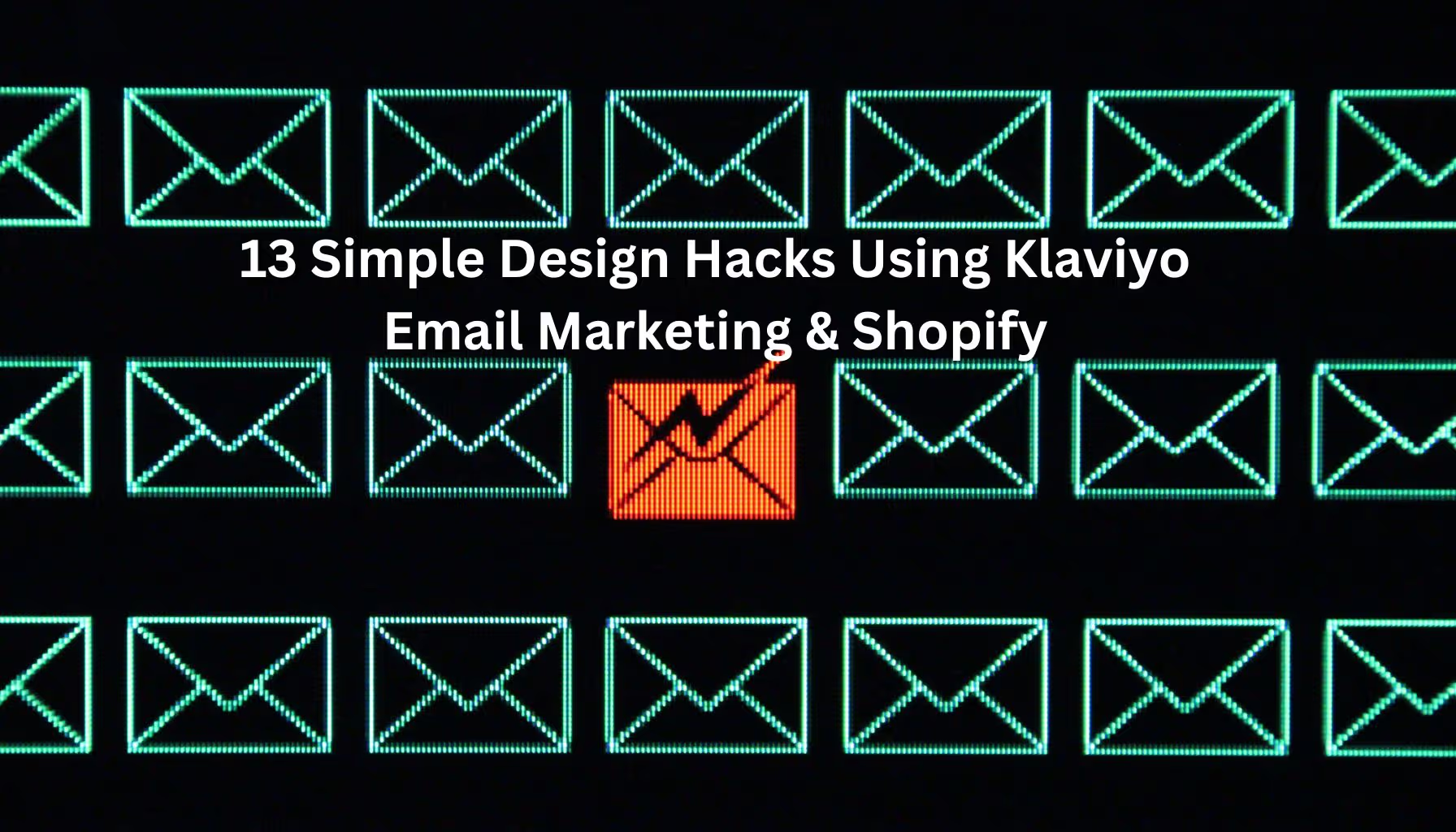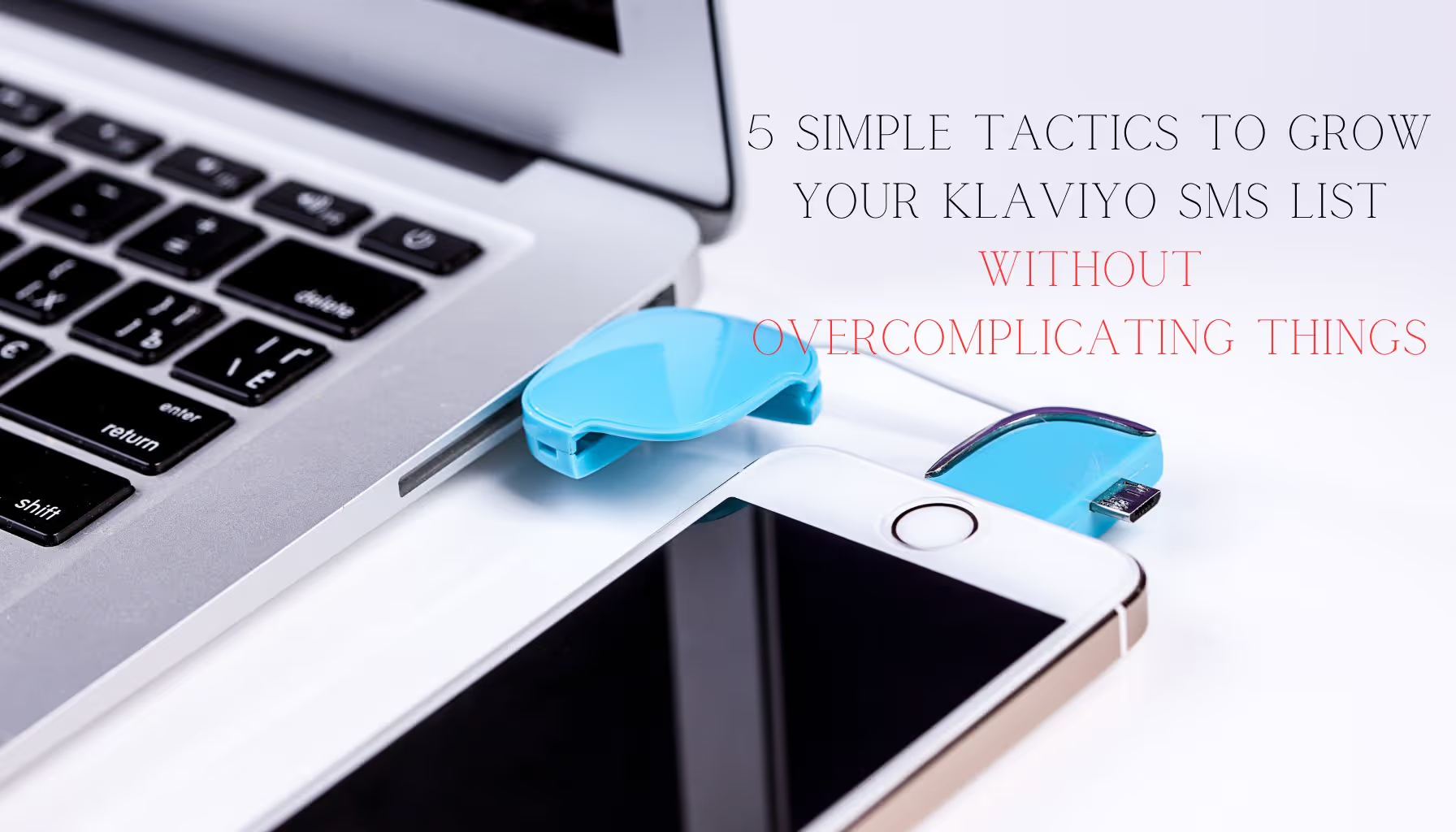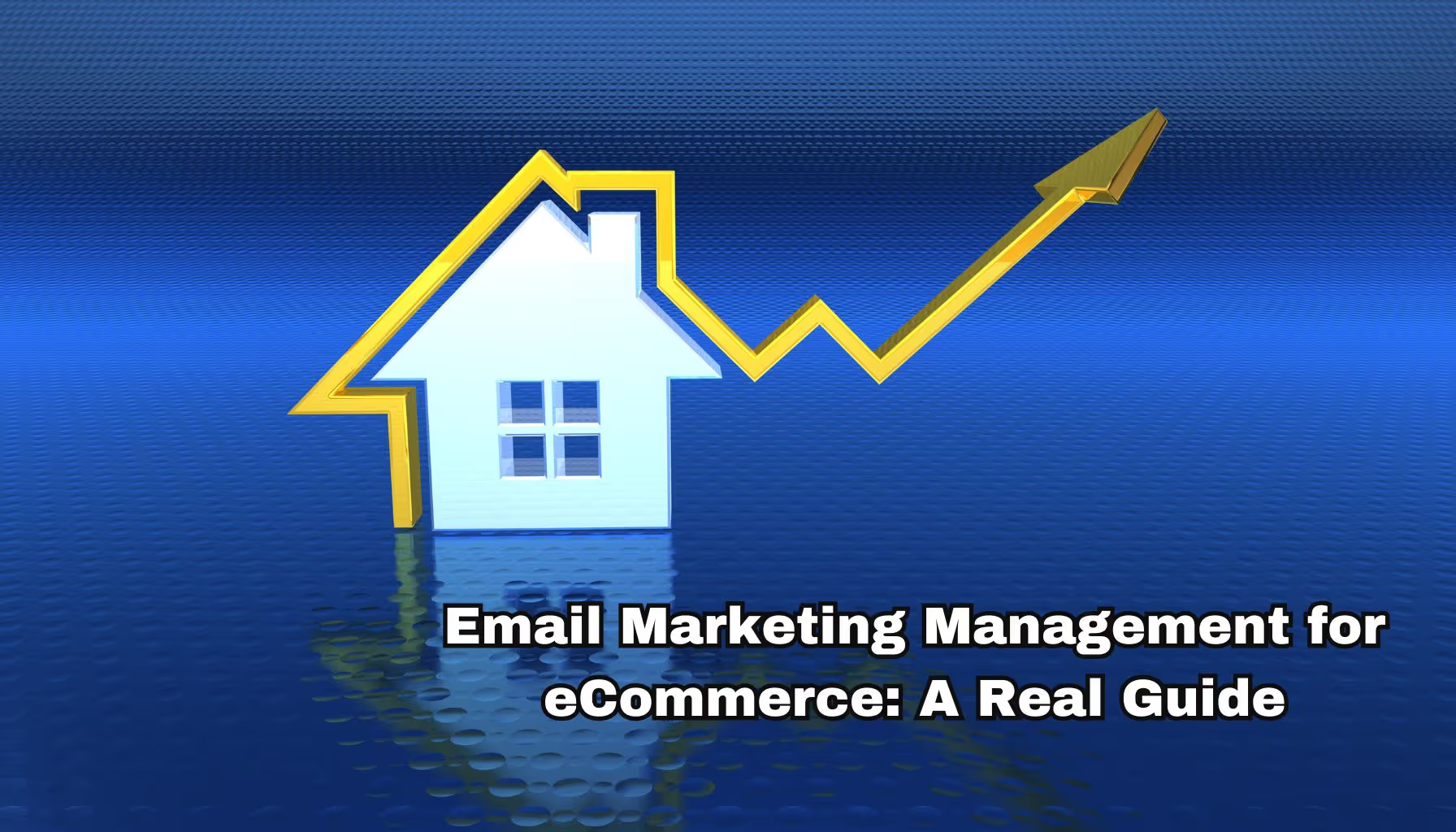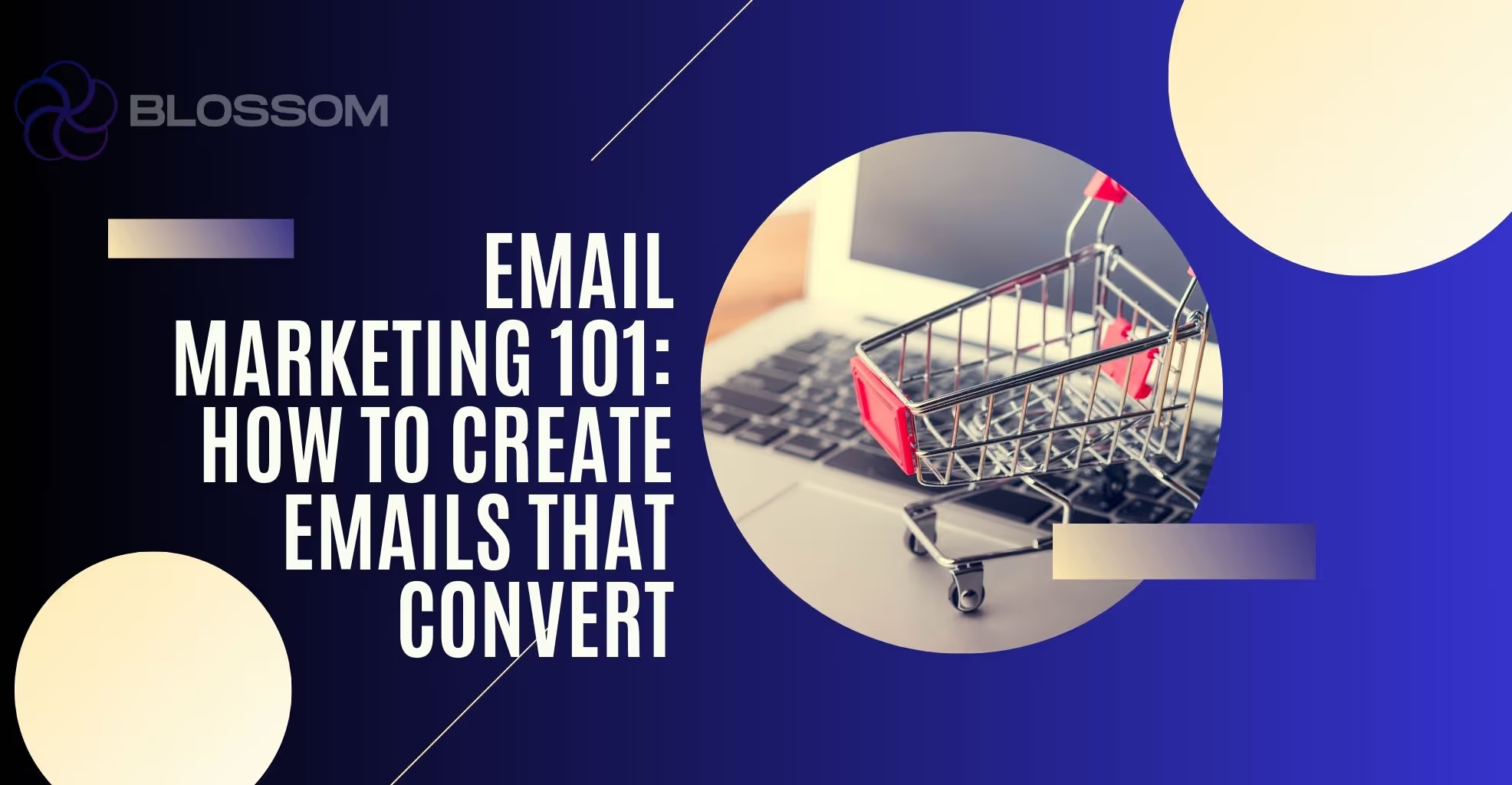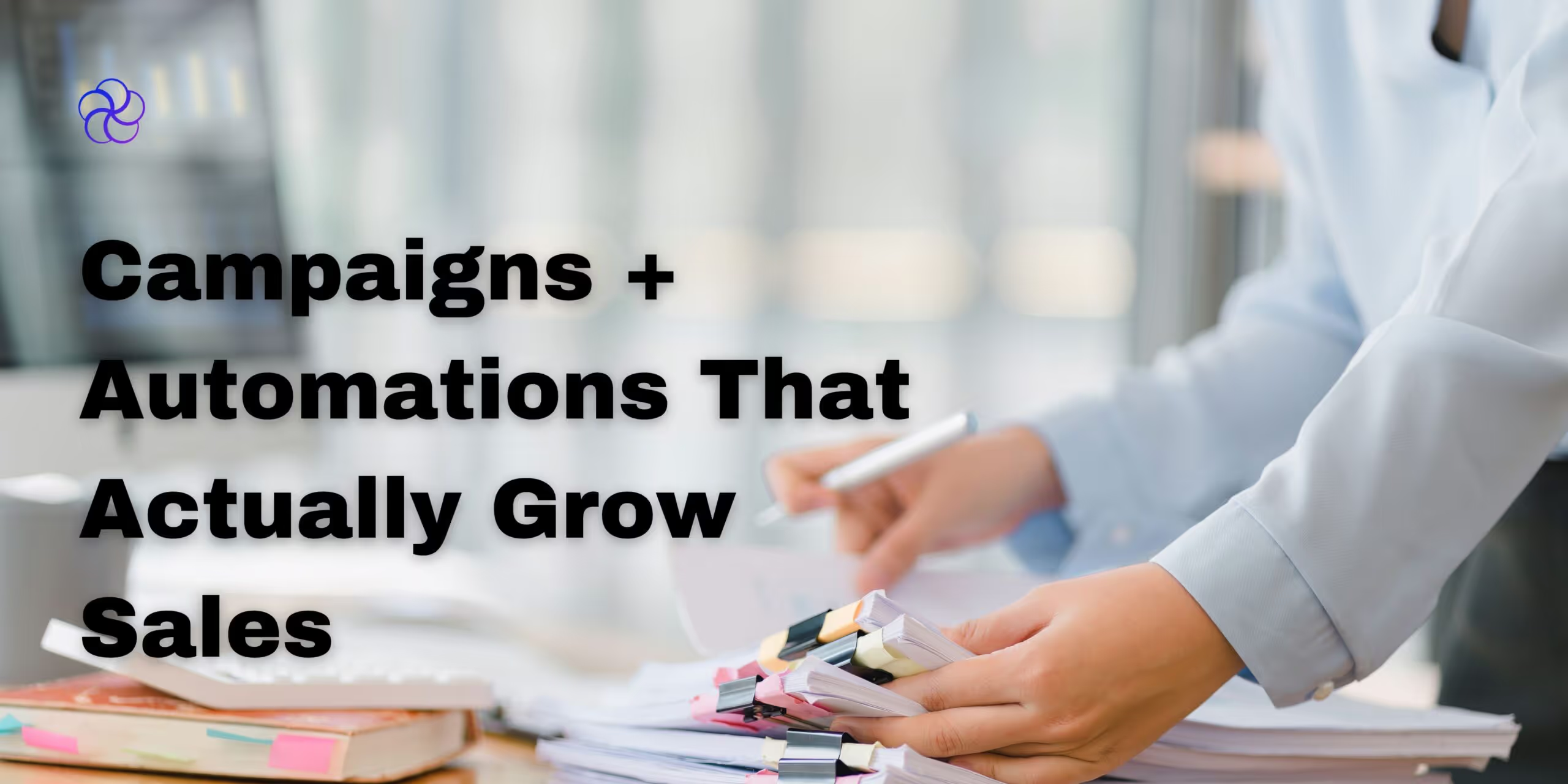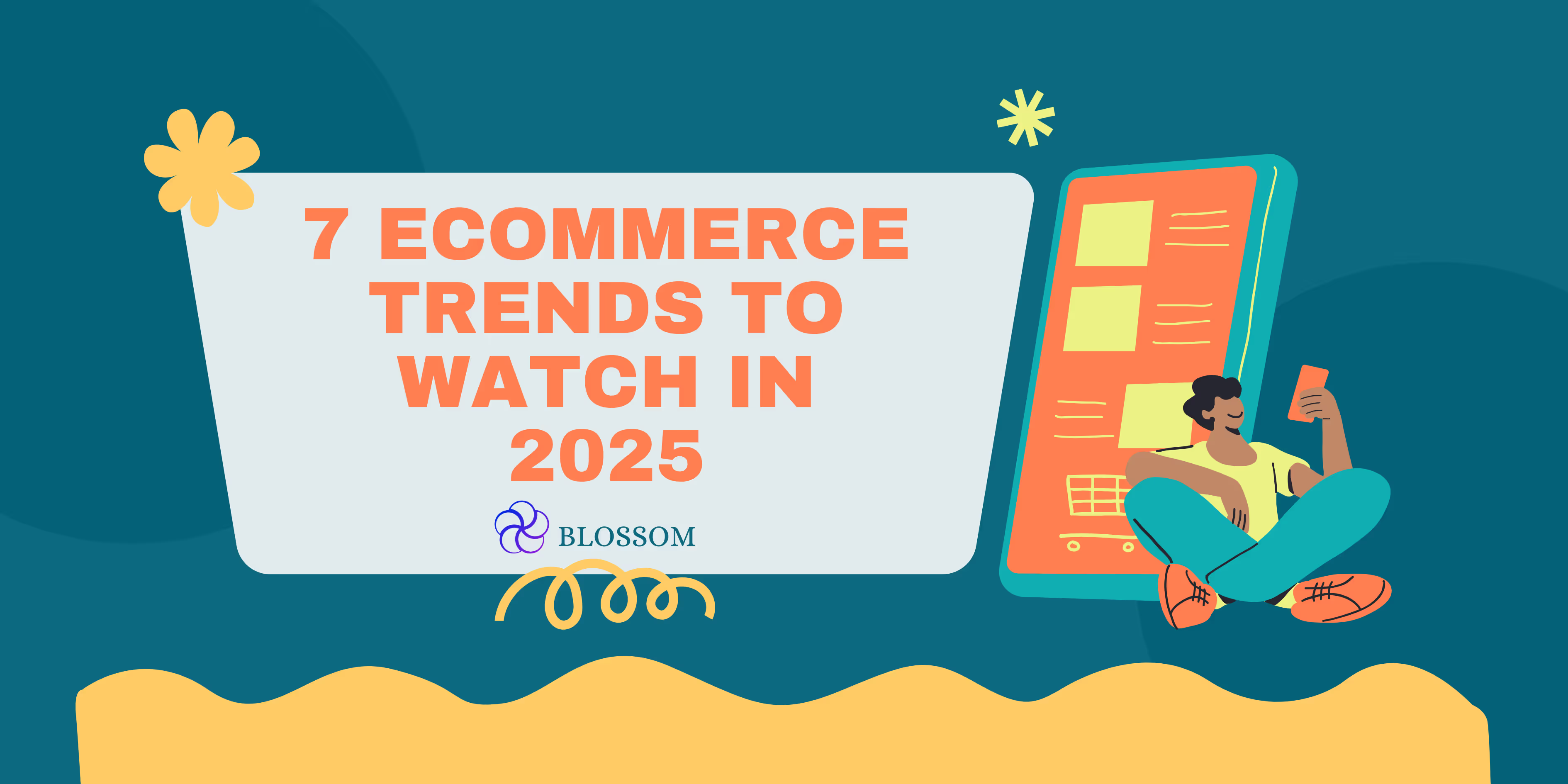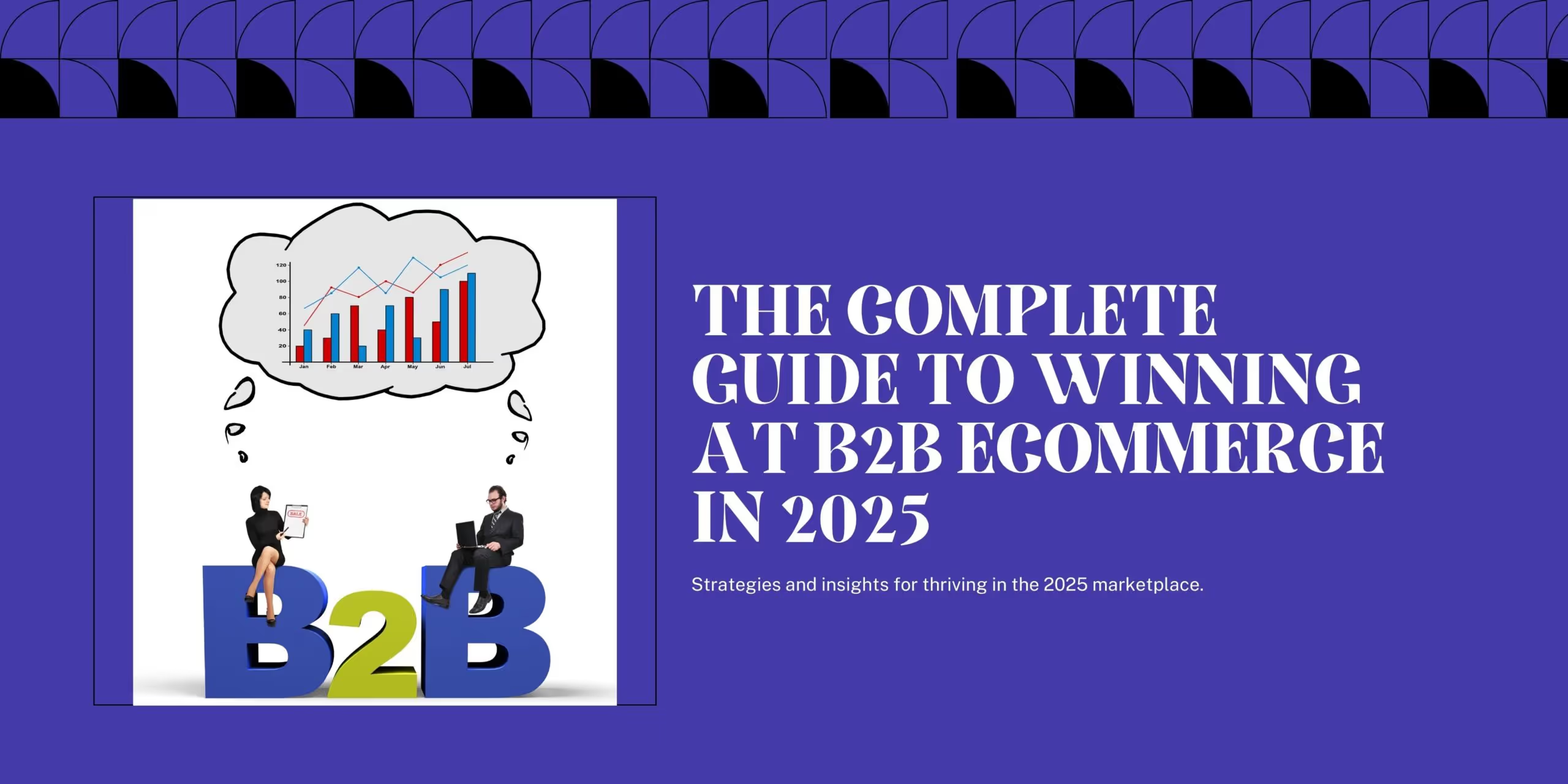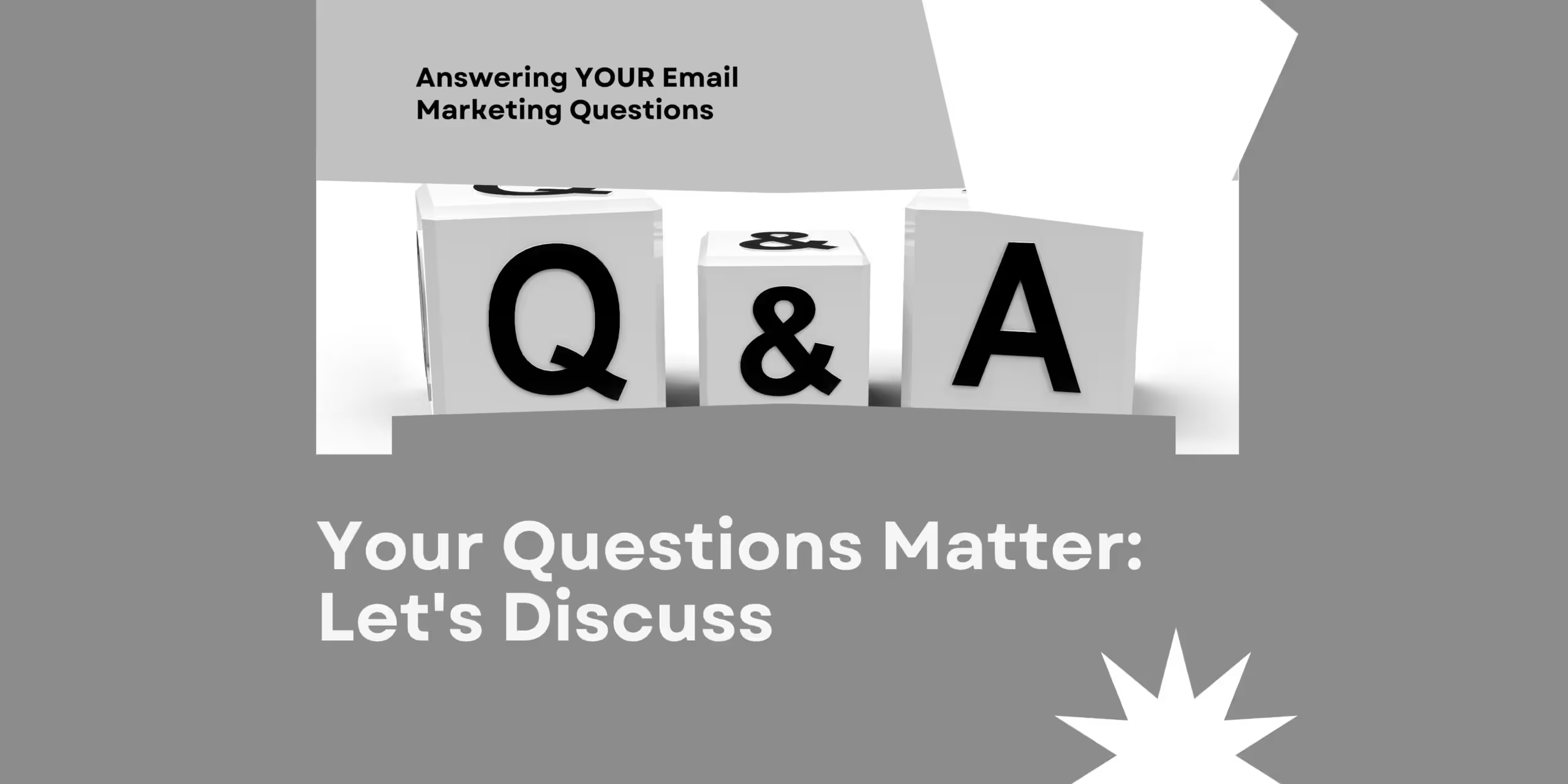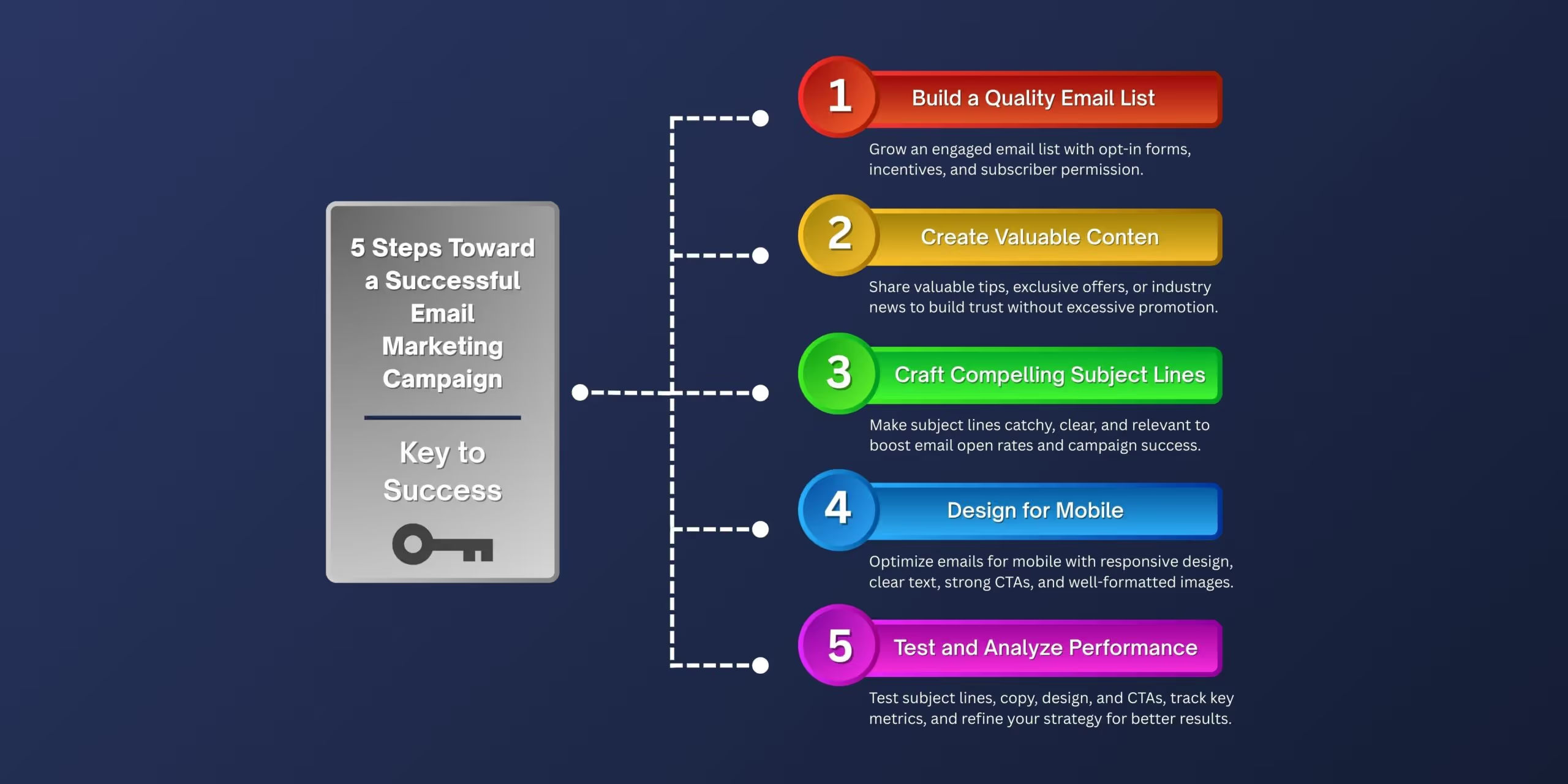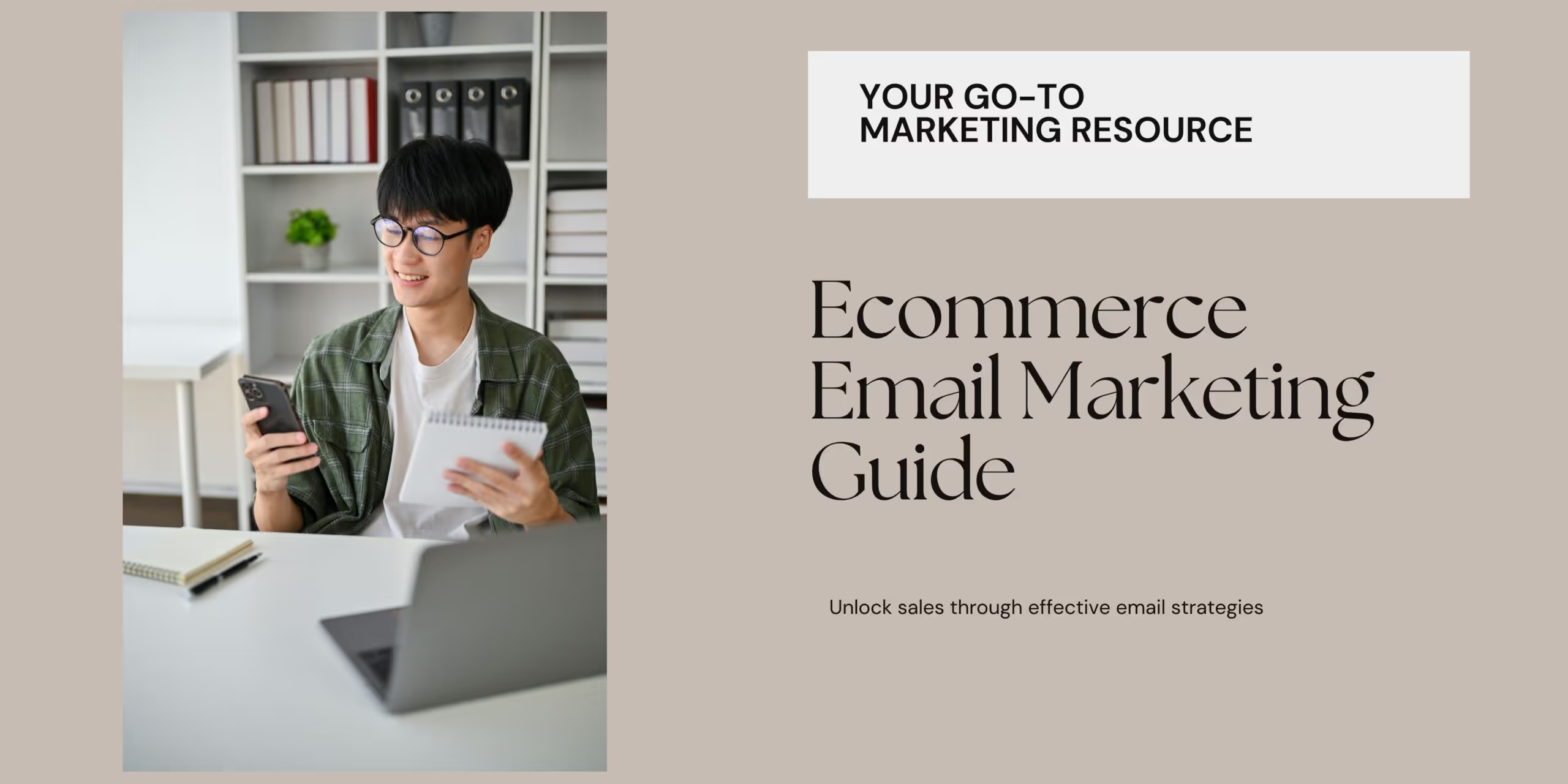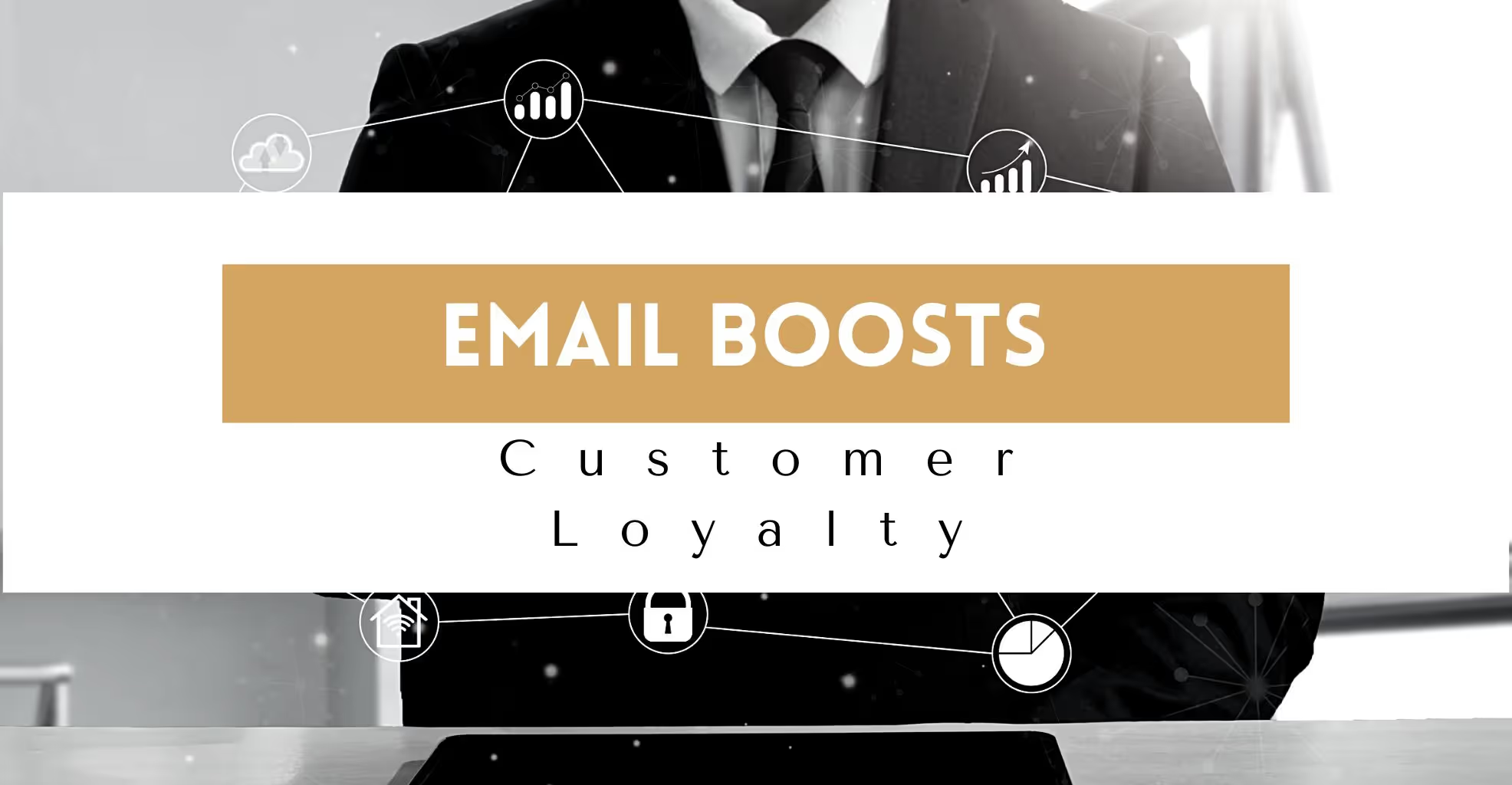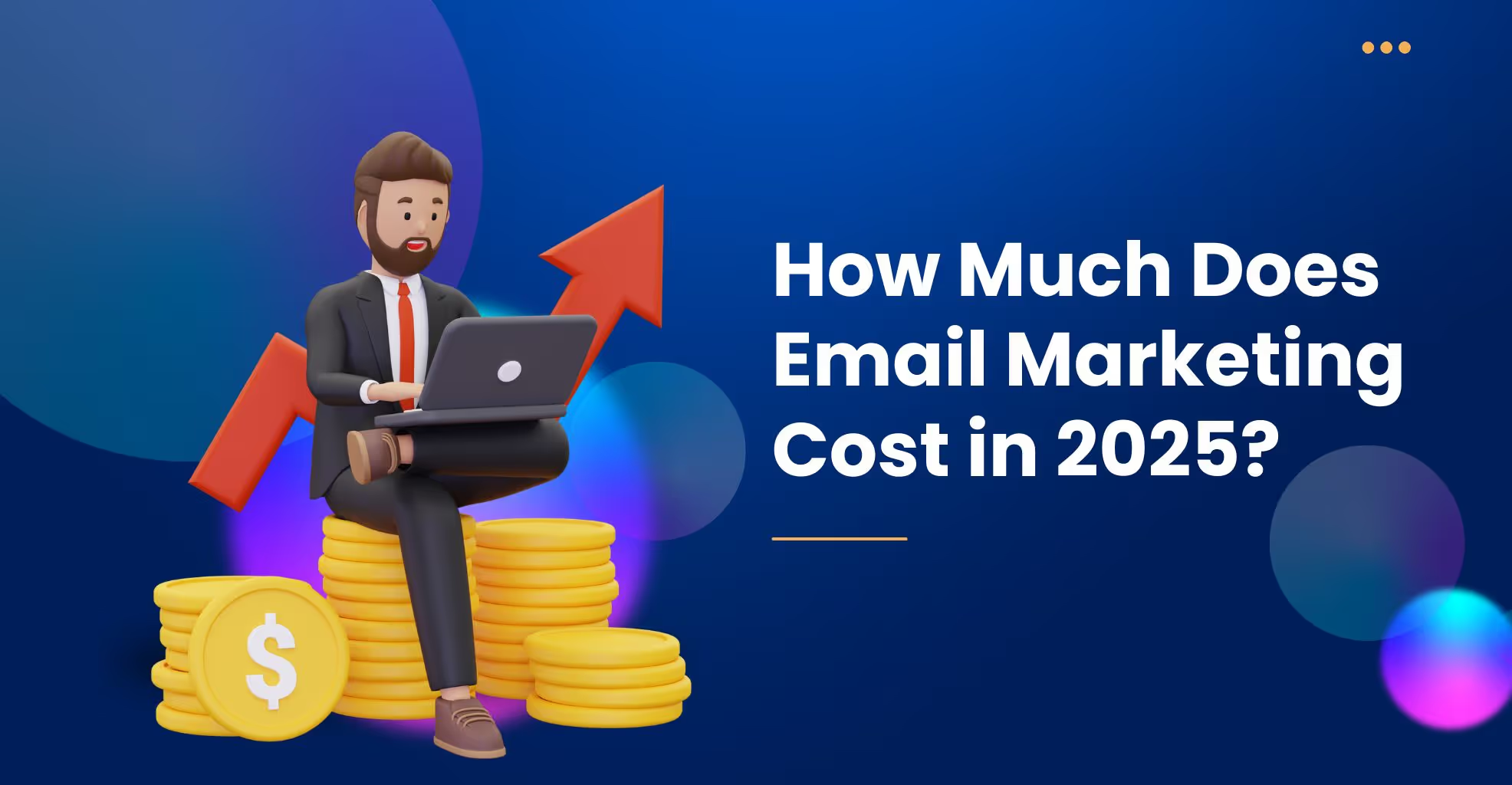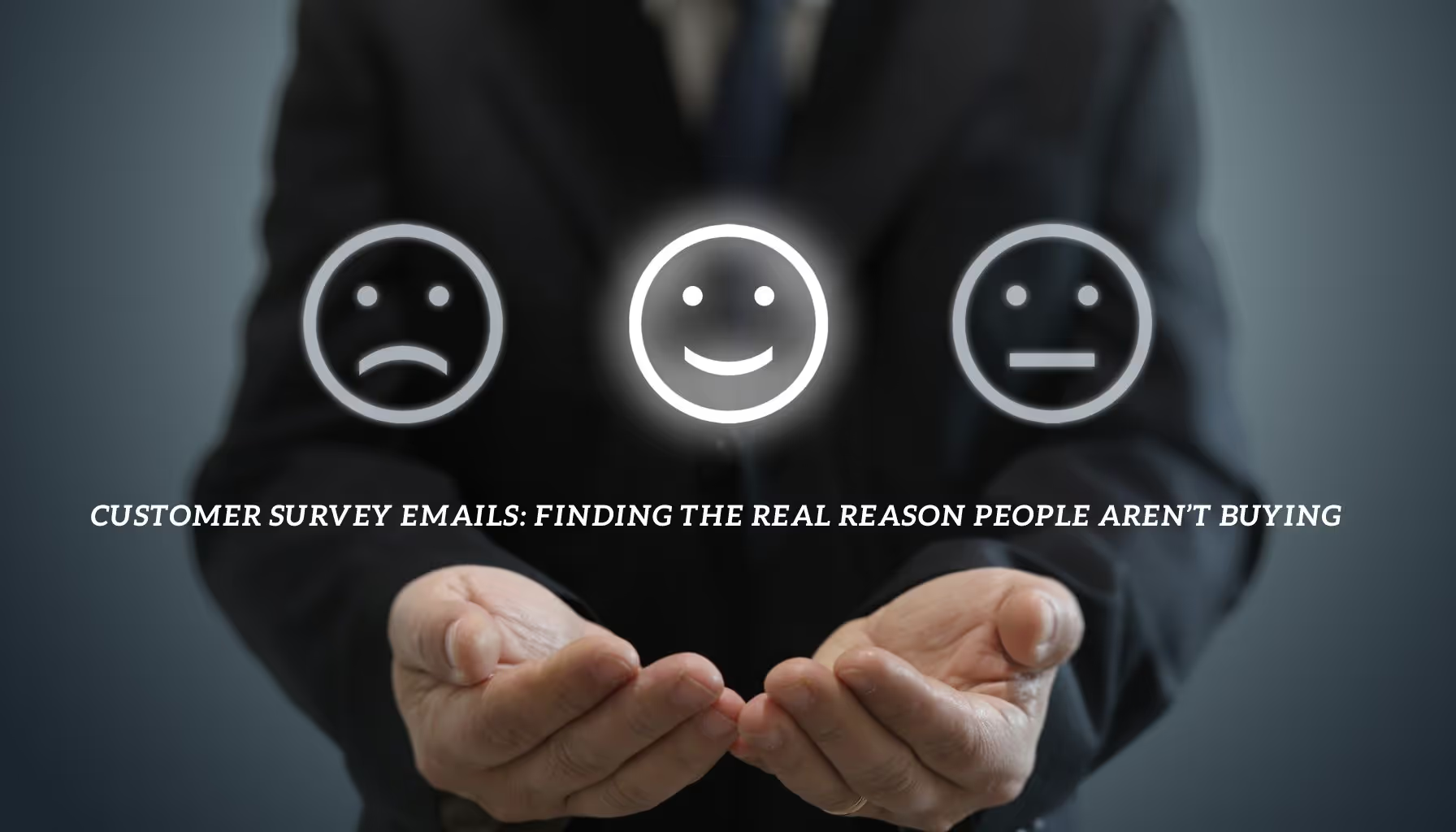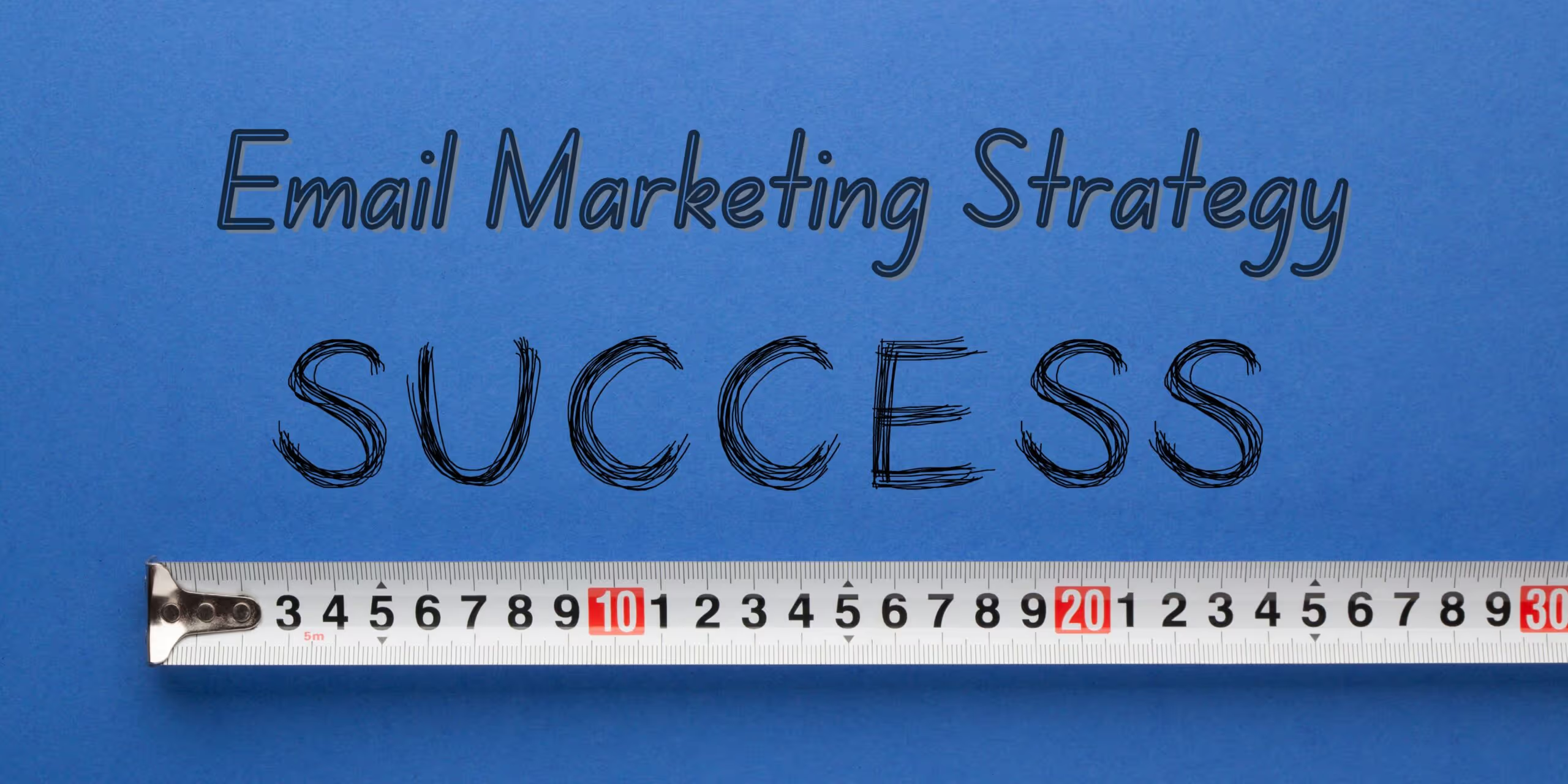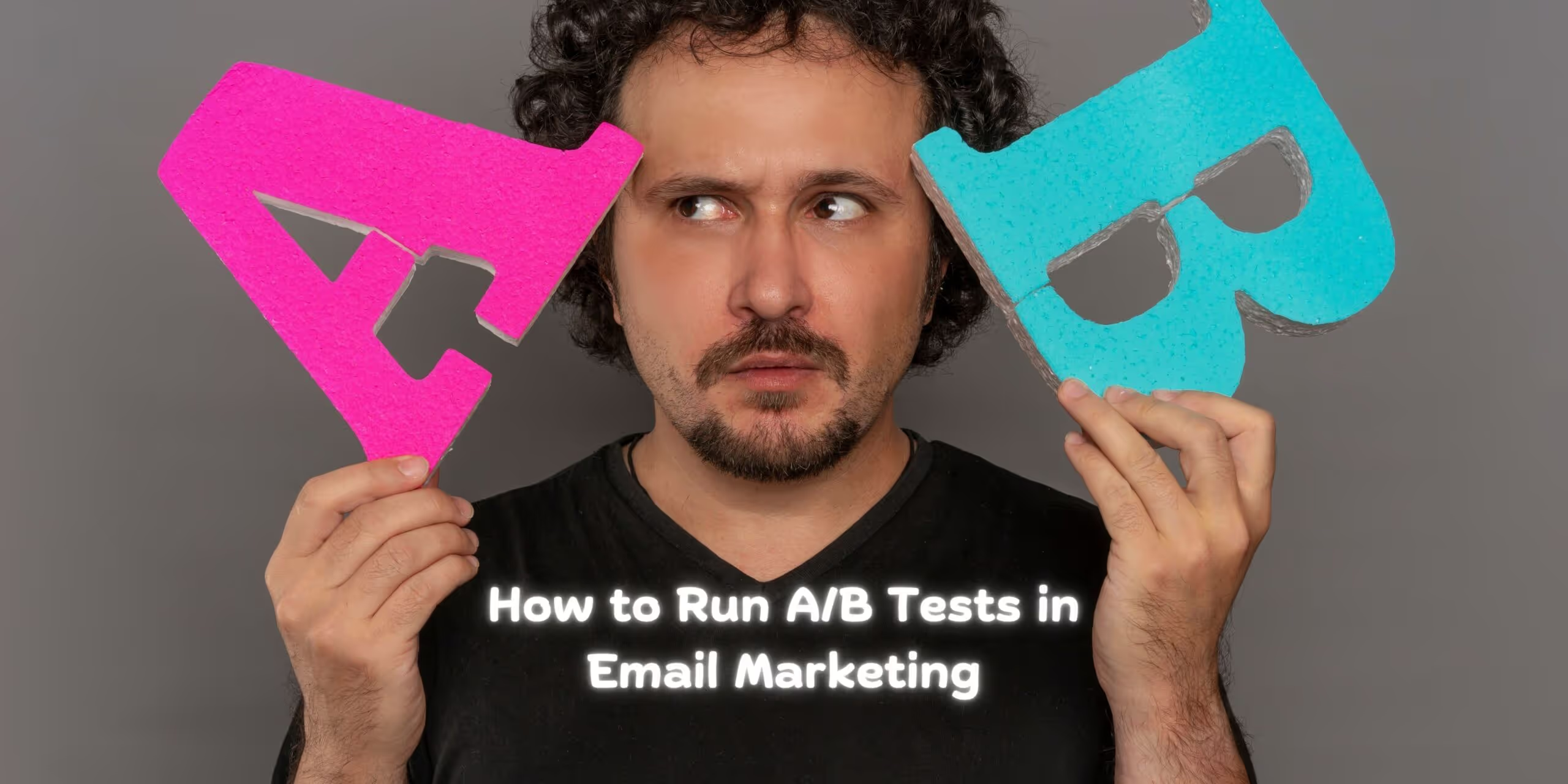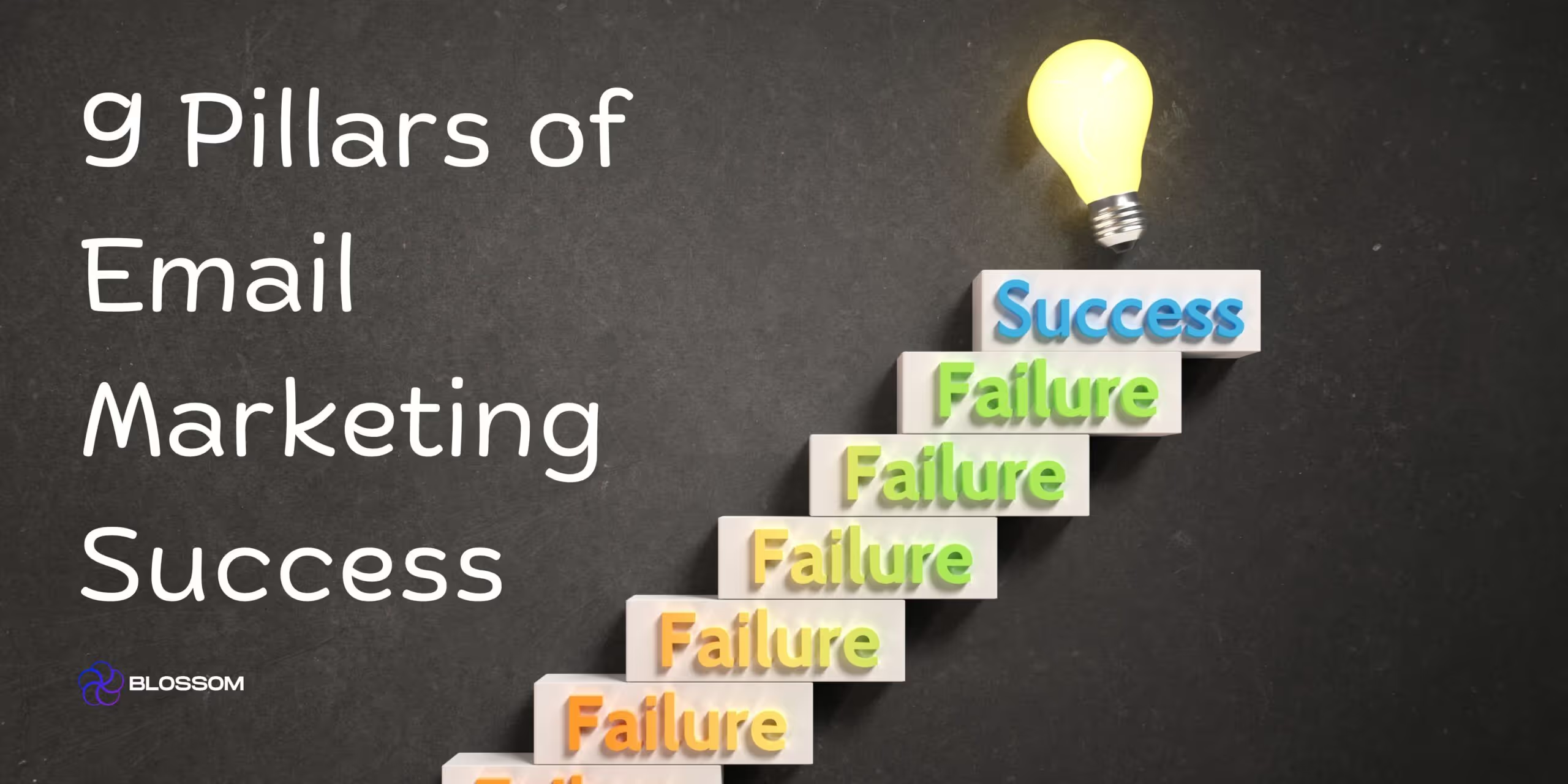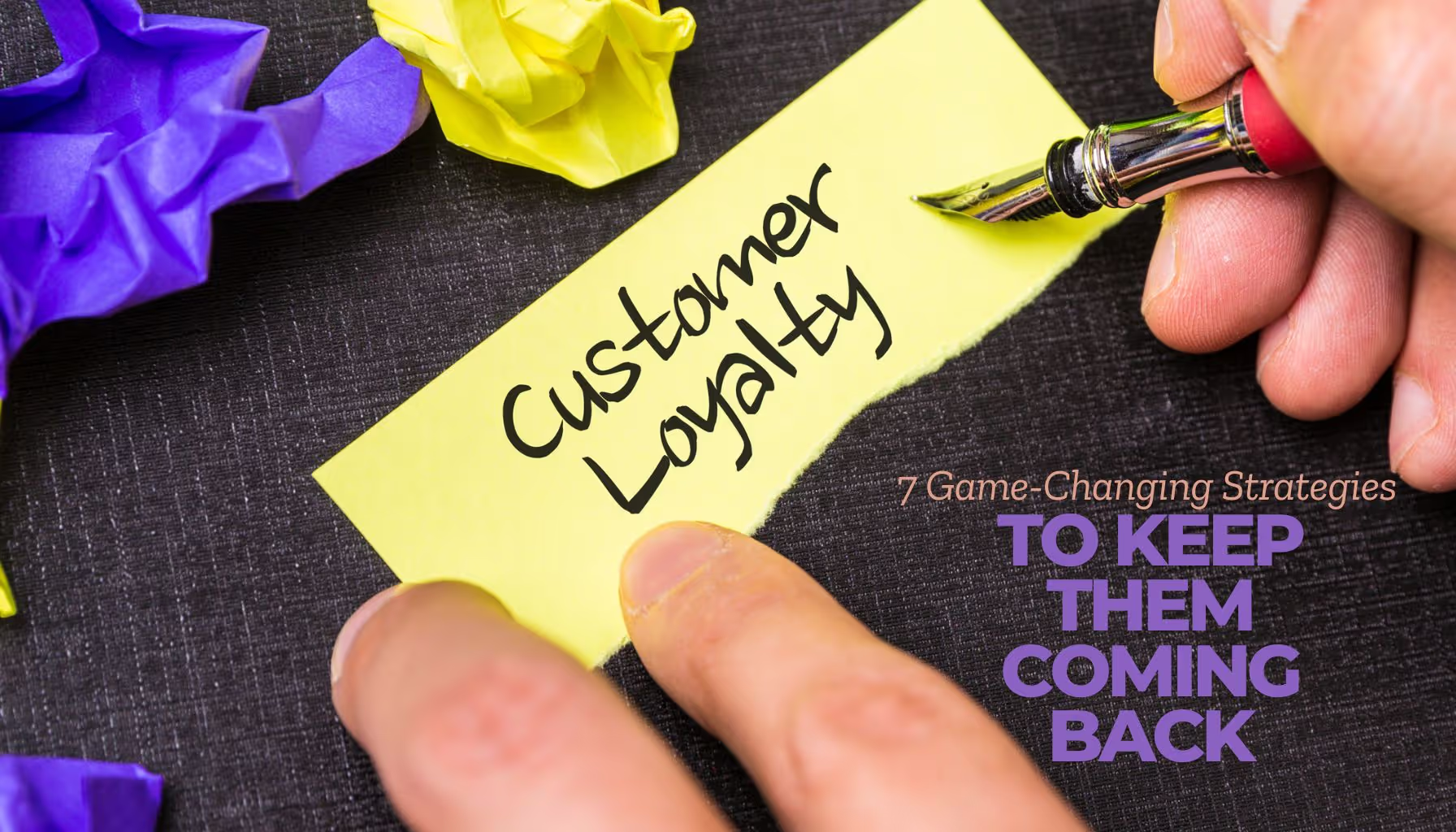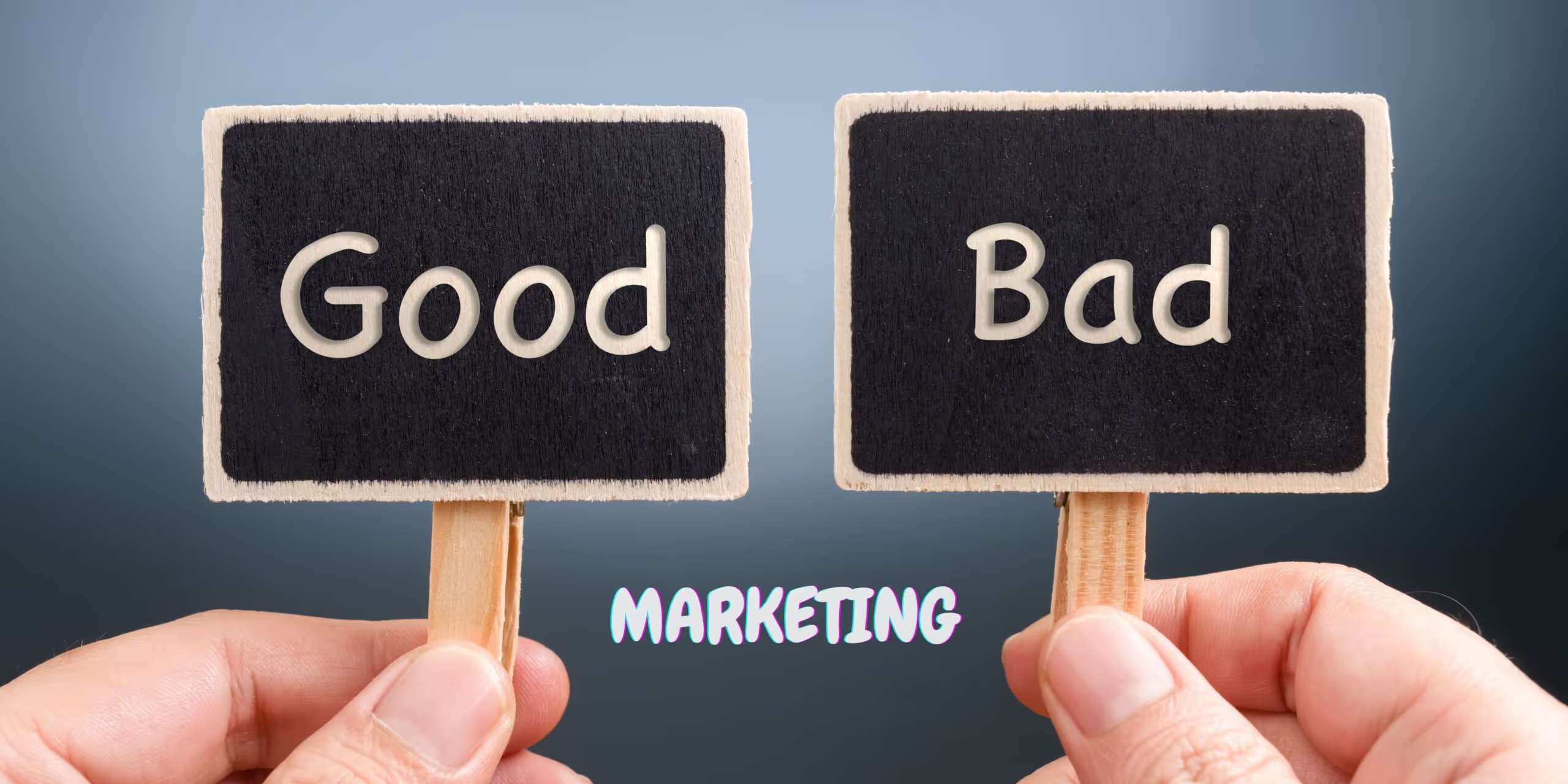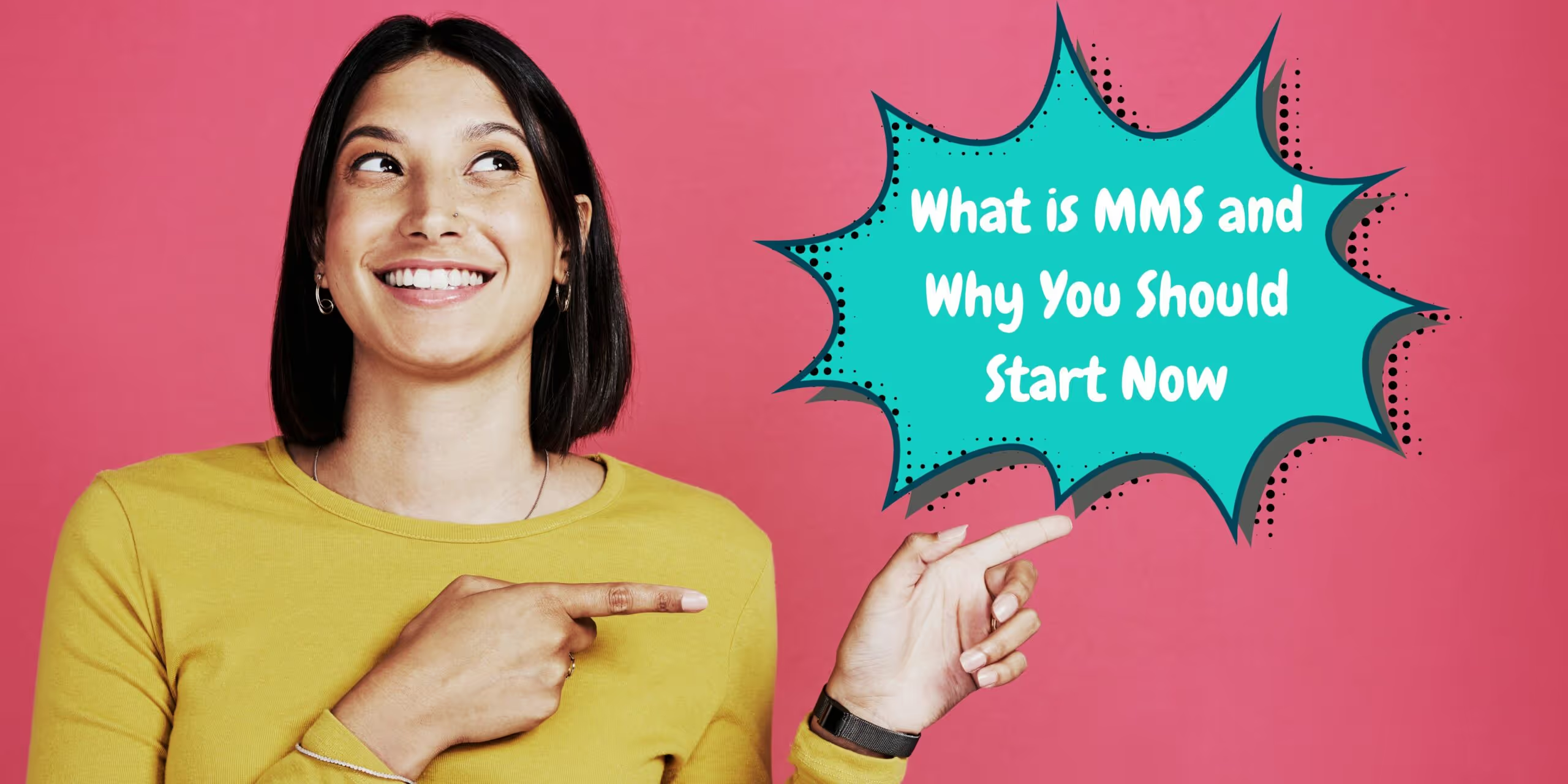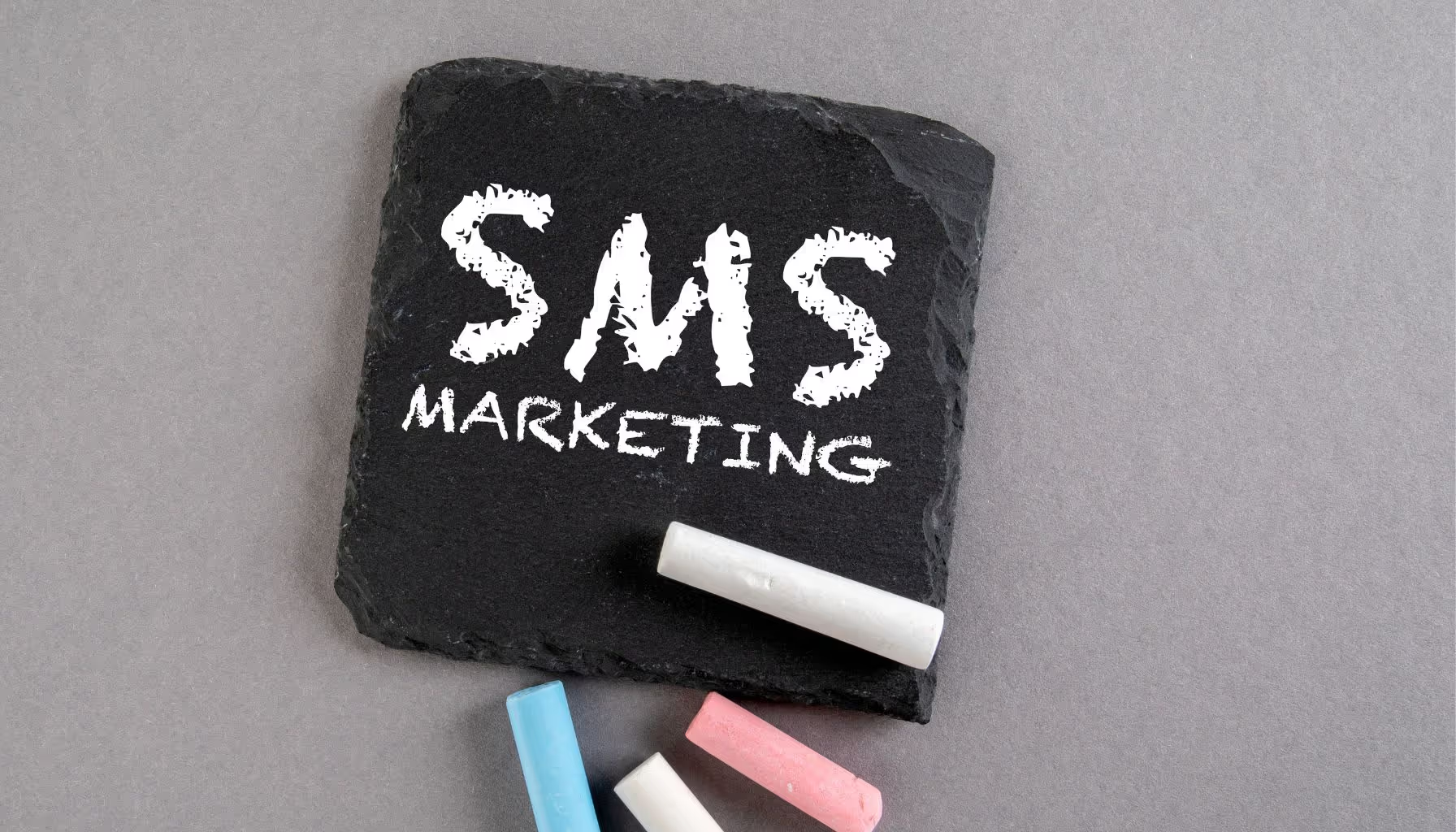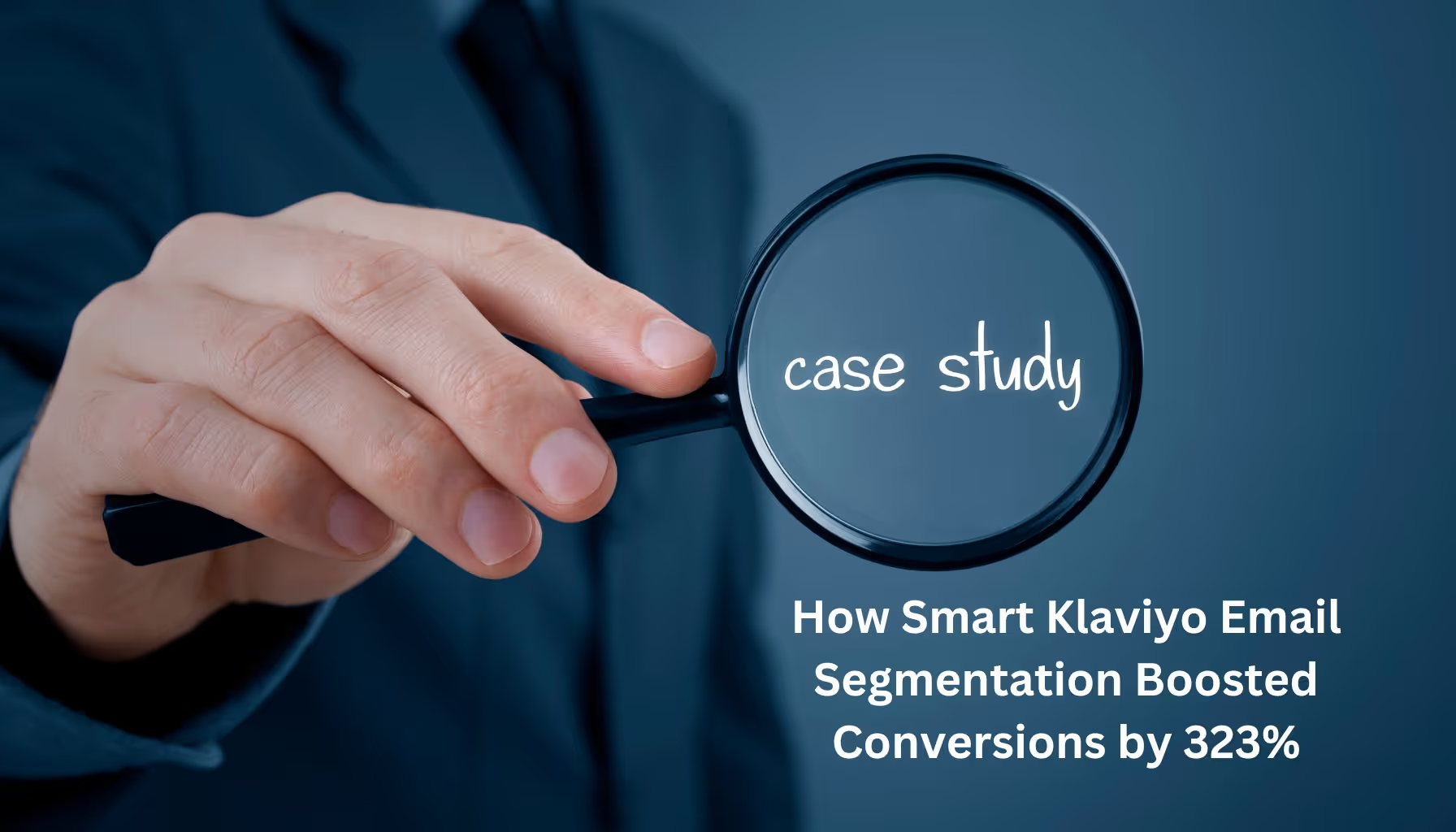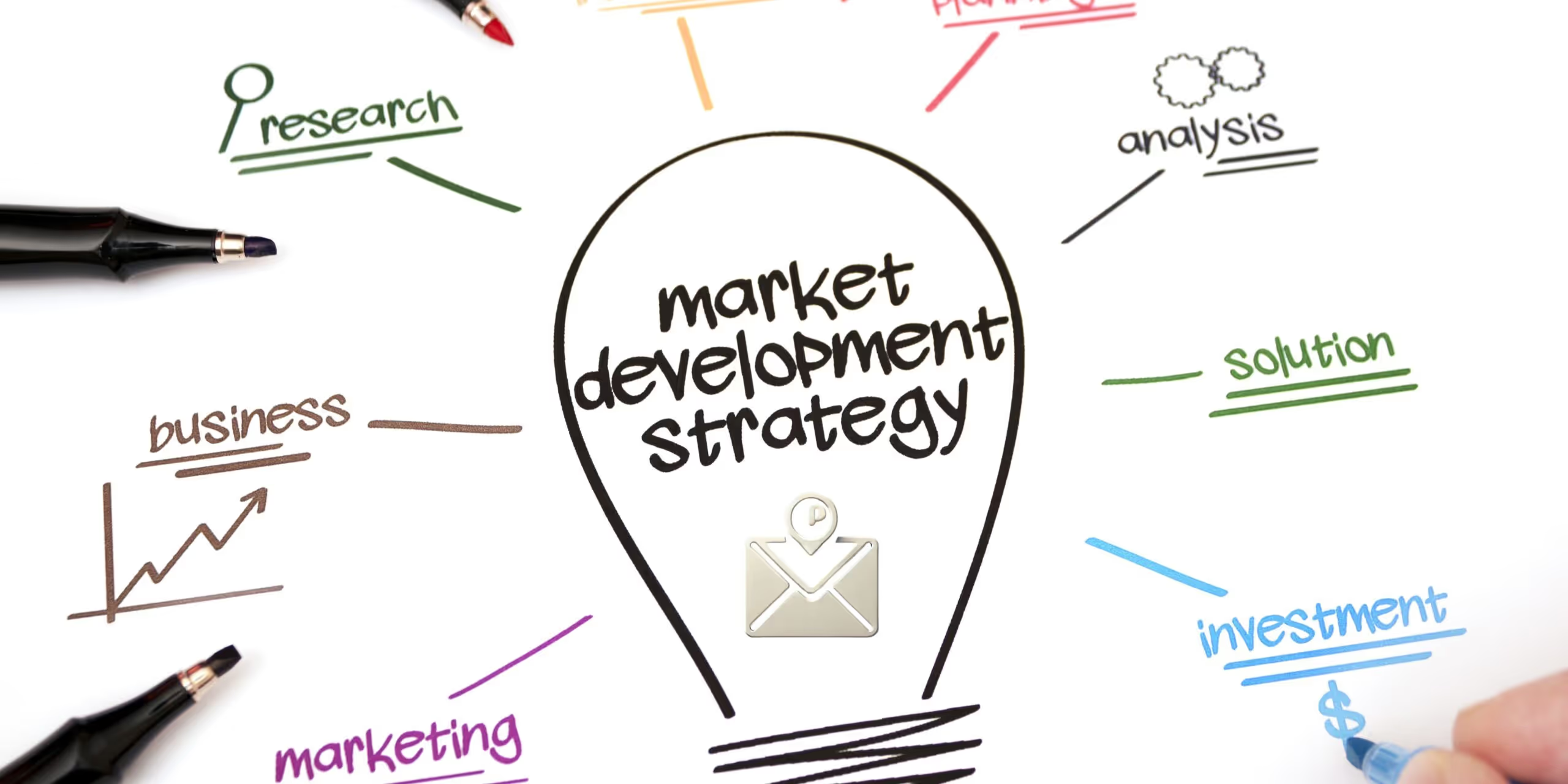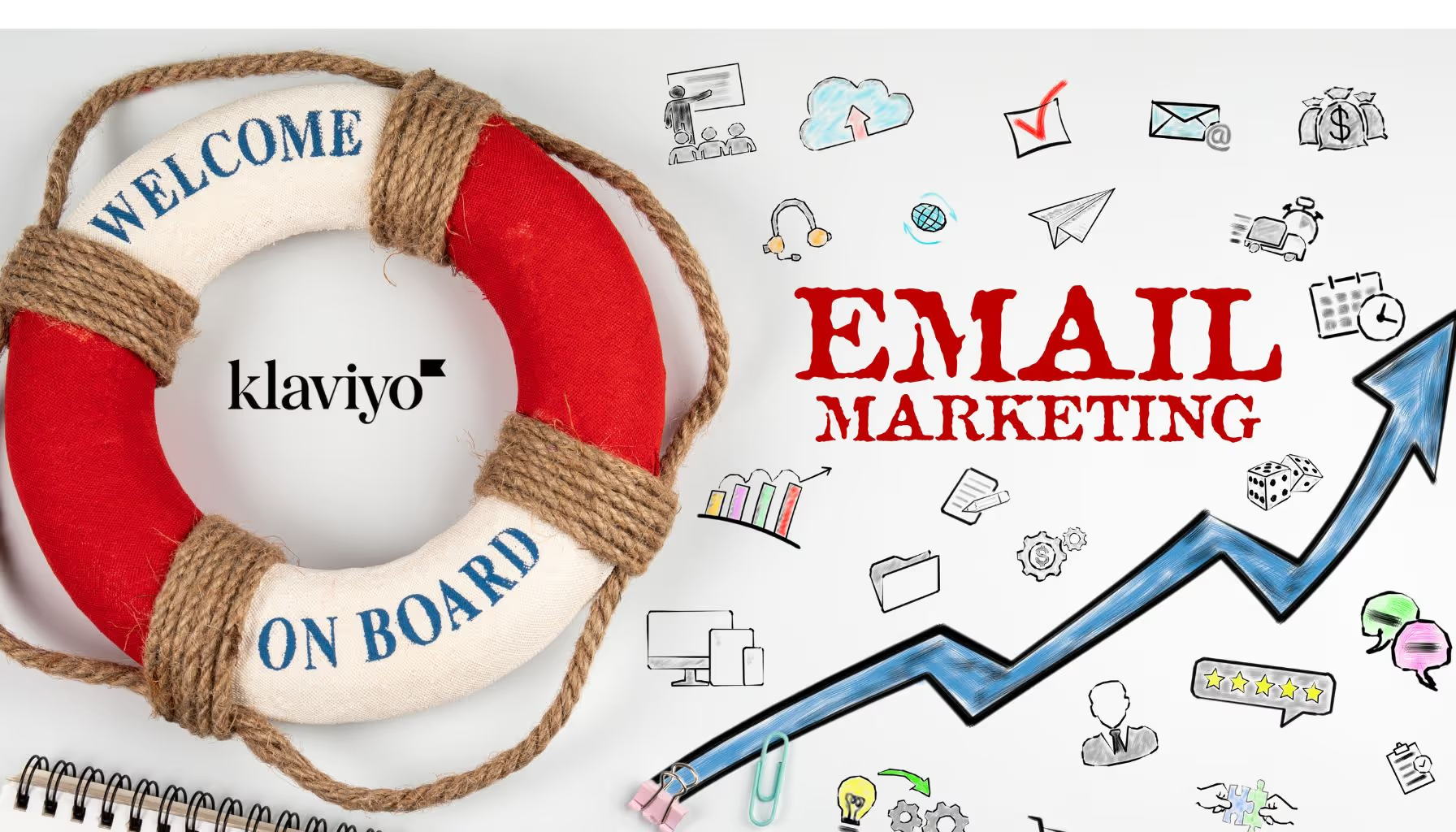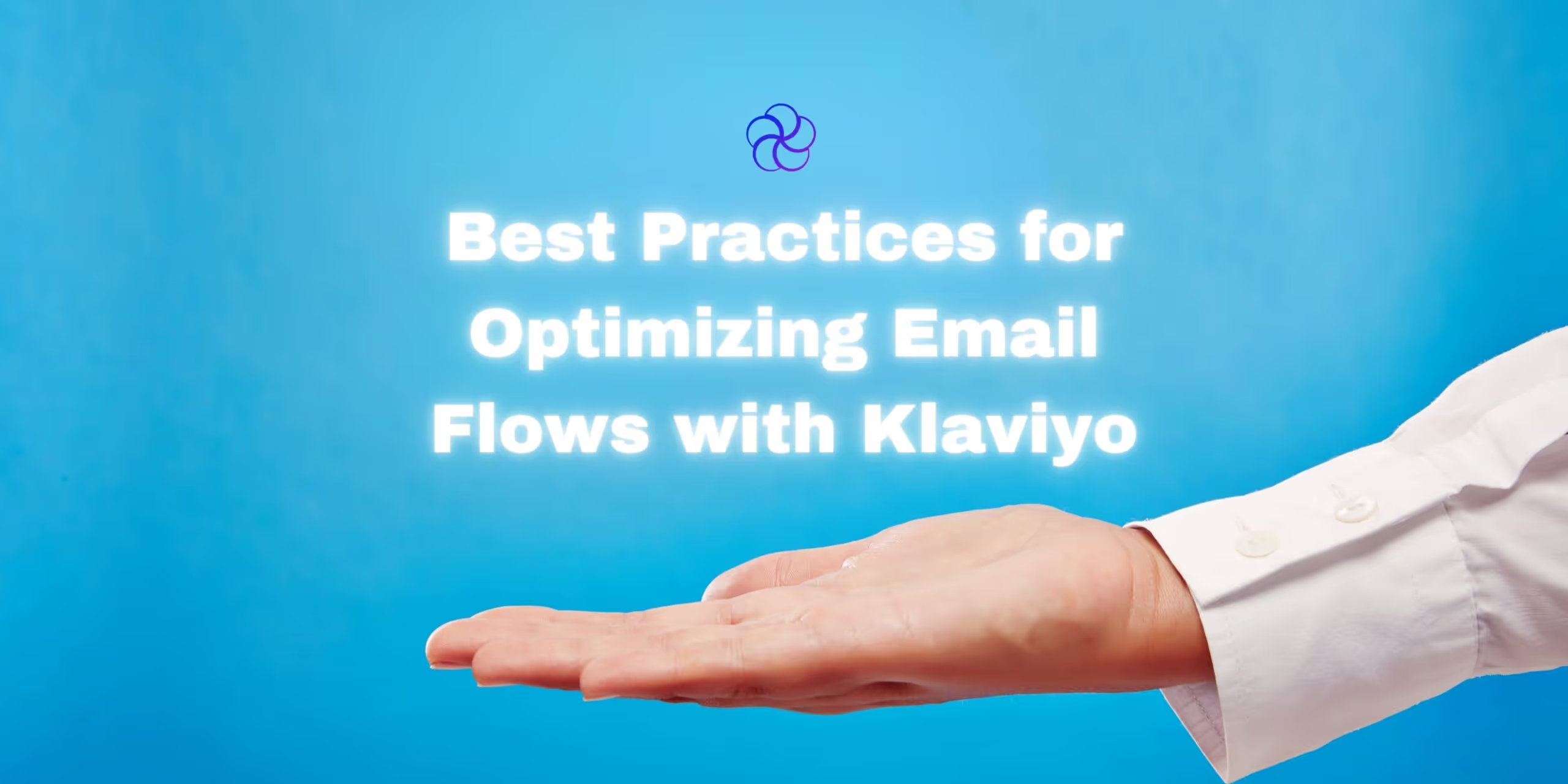Glossary
| Term | Definition |
|---|---|
| Email Marketing | The practice of sending marketing messages directly to a user’s inbox. |
| Social Media Marketing | Using platforms like TikTok, Instagram, and Facebook to promote your brand. |
| ROI (Return on Investment) | A measure of profitability for a specific marketing investment. |
| CTR (Click-Through Rate) | The percentage of recipients who click on a link in an email or ad. |
| First-Party Data | Customer data you collect directly through your website or email list. |
| A/B Testing | A method of comparing two versions of a campaign to see which performs better. |
| Audience Segmentation | Dividing a larger audience into subgroups based on behavior or demographics. |
| Cross-Promotion | Promoting one channel (like email) through another (like social media). |
Introduction
In the world of eCommerce marketing, two channels dominate the conversation: email and social media. One is dependable and conversion-driven. The other is dynamic and visibility-focused. But which one should you prioritize?
The answer: both.
This guide unpacks the strengths, ROI, and best use cases of email and social media marketing—and shows how to integrate both for maximum impact.
Why Email Marketing Still Delivers
Email marketing remains one of the most cost-effective and conversion-focused tools for eCommerce.
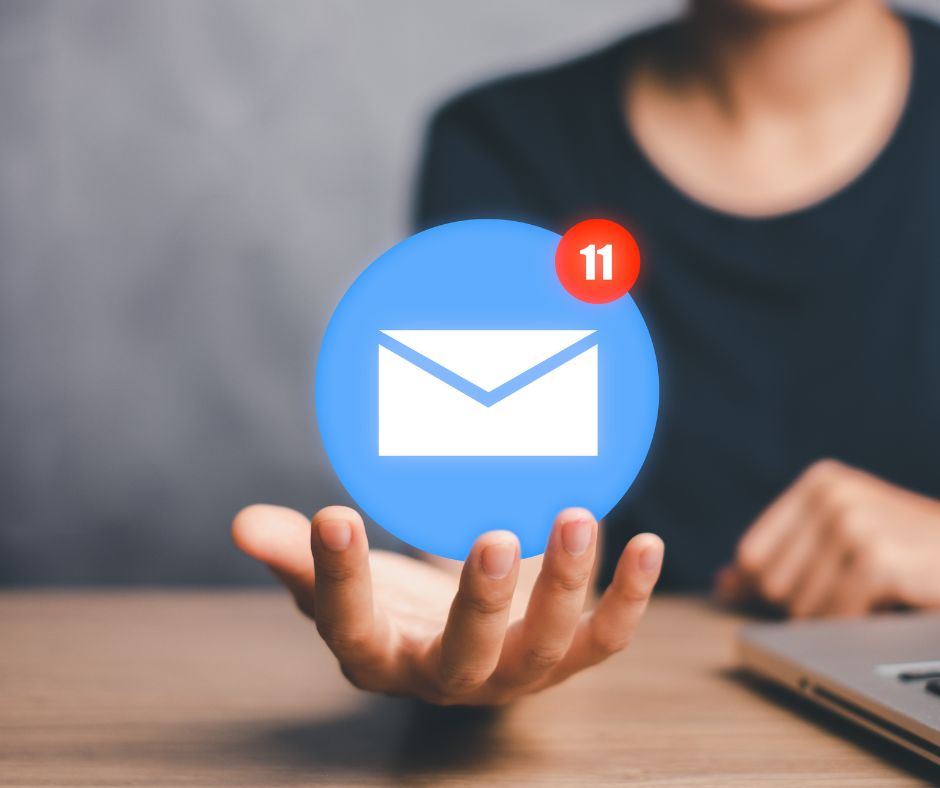
Key Benefits of Email Marketing:
| Benefit | Why It Matters |
|---|---|
| High Conversion Rates | Email campaigns convert at 4.29%, often higher than social ads. |
| Strong ROI | Averages $36 for every $1 spent. |
| First-Party Data | Enables hyper-personalized targeting without privacy risks. |
| Messaging Control | No algorithm—your message lands directly in the inbox. |
| Trust-Building | Emails feel more personal and less invasive than social posts. |
Why Social Media Is Still Essential
Social platforms aren’t just a trend—they’re where billions of users spend time daily. For visibility and engagement, social still dominates.
Key Benefits of Social Media Marketing:
| Benefit | Why It Matters |
|---|---|
| Brand Awareness | Reaches users who don’t yet know your brand. |
| Real-Time Engagement | Enables instant feedback, reactions, and conversations. |
| Algorithmic Targeting | Hyper-personalized content discovery via AI and behavior. |
| Community Building | Platforms like Instagram foster long-term engagement. |
| Influencer Access | Builds trust and reach through third-party validation. |
When to Use Email vs. Social Media
Email Works Best For:
- Post-purchase flows and abandoned cart recovery
- Subscriber-exclusive discounts and product launches
- Loyalty rewards and retention campaigns
- Personalized content based on purchase behavior
Social Media Works Best For:
- New product reveals and teaser campaigns
- Day-to-day brand storytelling and BTS content
- Short-form video engagement (Reels, TikTok)
- Partnering with influencers for reach
| Goal | Best Channel | Why? |
|---|---|---|
| Drive conversions | Direct, personal, and data-backed targeting | |
| Build brand awareness | Social Media | Visual, sharable, and wide-reaching |
| Retain current customers | Personalized messaging and loyalty-based offers | |
| Start conversations | Social Media | Real-time replies and interactive content |
| Launch viral campaigns | Social Media | Leverages trends and influencer momentum |
Combining Email and Social: Where the Magic Happens
Smart brands don’t choose between email and social—they use both in sync.
Pro Tips to Integrate Email + Social:
1. Promote Social in Email
- Add Instagram/TikTok links in your email footer.
- Showcase top-performing UGC from social in email newsletters.
2. Grow Your Email List on Social
- Use Stories and Reels to promote exclusive subscriber-only offers.
- Run giveaways requiring an email signup.
3. Sync Data for Smarter Targeting
- Use tools like Klaviyo or Omnisend to retarget email clickers with Facebook or TikTok ads.
4. A/B Test Messaging Across Channels
- Compare click rates and conversions from an email CTA vs. a similar IG Story swipe-up.
5. Repurpose Creatives
- Turn social content into GIFs or video snippets for emails.
- Share email testimonials and reviews via social captions or posts.
Omnichannel funnel showing email + social touchpoints at each stage (awareness → consideration → conversion → retention).
Sample Use Cases for Dual-Channel Campaigns
| Campaign Type | Email Role | Social Role |
|---|---|---|
| New Product Launch | Exclusive preview and CTA to buy | Teaser Reels, influencer collabs |
| Holiday Promo | Discount code and product bundle | Countdown Stories + shoppable links |
| Loyalty Program | Point balance update and perks | VIP shout-outs, reward unlock posts |
| Win-Back Sequence | Personalized re-engagement offer | Re-targeting ad with carousel display |
| Brand Storytelling | Founder’s note and origin story | Documentary-style Reels or TikToks |
Metrics That Matter
| Metric | Social Media | |
|---|---|---|
| Open Rate | Measures subject line quality | N/A |
| Click-Through Rate (CTR) | Tracks engagement | Engagement Rate (likes/comments) |
| Conversion Rate | Purchases or signups | Swipe-ups, link clicks |
| Unsubscribe Rate | List health | Follower growth or drop-off |
| Time on Page | Via landing page traffic | Bounce rate from link in bio |
Pro Tip: Use UTM parameters and attribution tools like GA4, Hyros, or Triple Whale to measure blended ROI.
Frequently Asked Questions
1. Is email or social media better for conversions?
Email tends to outperform social media when it comes to direct conversions, thanks to first-party data and personalization.
2. Can I use the same content across both channels?
Yes, but adapt it. Repurpose social content for email newsletters and share email success stories via social media.
3. What’s the ideal email frequency vs. social posting schedule?
Email: 1–4 times per week depending on audience. Social: Daily posting + Stories/Reels 3–5x weekly for momentum.
4. How can I grow my email list using social media?
Run lead magnets, quizzes, and giveaways that require email sign-up. Promote with paid ads and Stories.
5. Should I invest in social ads or email automation first?
If your list is small, start with paid social to drive traffic. Then invest in email to nurture and convert that traffic.
6. Do I need different teams for email vs. social?
Not necessarily. Many brands centralize content planning with platform-specific adaptations by channel experts.
Final Thoughts
Email and social media marketing are powerful on their own—but unstoppable together. The real question isn’t which to choose, but how to use them together strategically.
Email gives you ownership, data, and conversions. Social gives you reach, relatability, and rapid engagement. Brands that master both—and align them with smart tools, creative repurposing, and integrated targeting—create unstoppable growth machines.
At Blossom Ecom, we build full-funnel systems that connect your inbox with your scroll feed, blending storytelling with scale.
Let’s architect a dual-channel marketing strategy that actually moves revenue. Contact us today and let’s build something that lasts.
Need help implementing this?
Let us take the hassle of managing your email marketing channel off your hands. Book a strategy call with our team today and see how we can scale your revenue, customer retention, and lifetime value with tailored strategies. Click here to get started.
Curious about how your Klaviyo is performing?
We’ll audit your account for free. Discover hidden opportunities to boost your revenue, and find out what you’re doing right and what could be done better. Click here to claim your free Klaviyo audit.
Want to see how we’ve helped brands just like yours scale?
Check out our case studies and see the impact for yourself. Click here to explore.

Read Our Other Blogs
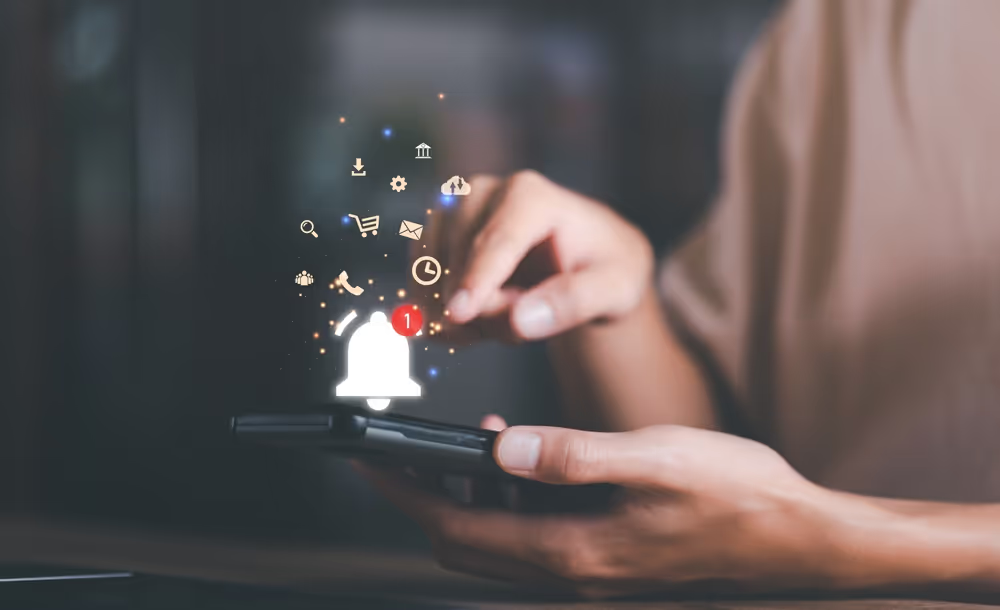
Personalizing Push Notifications for Better Retention Outcomes


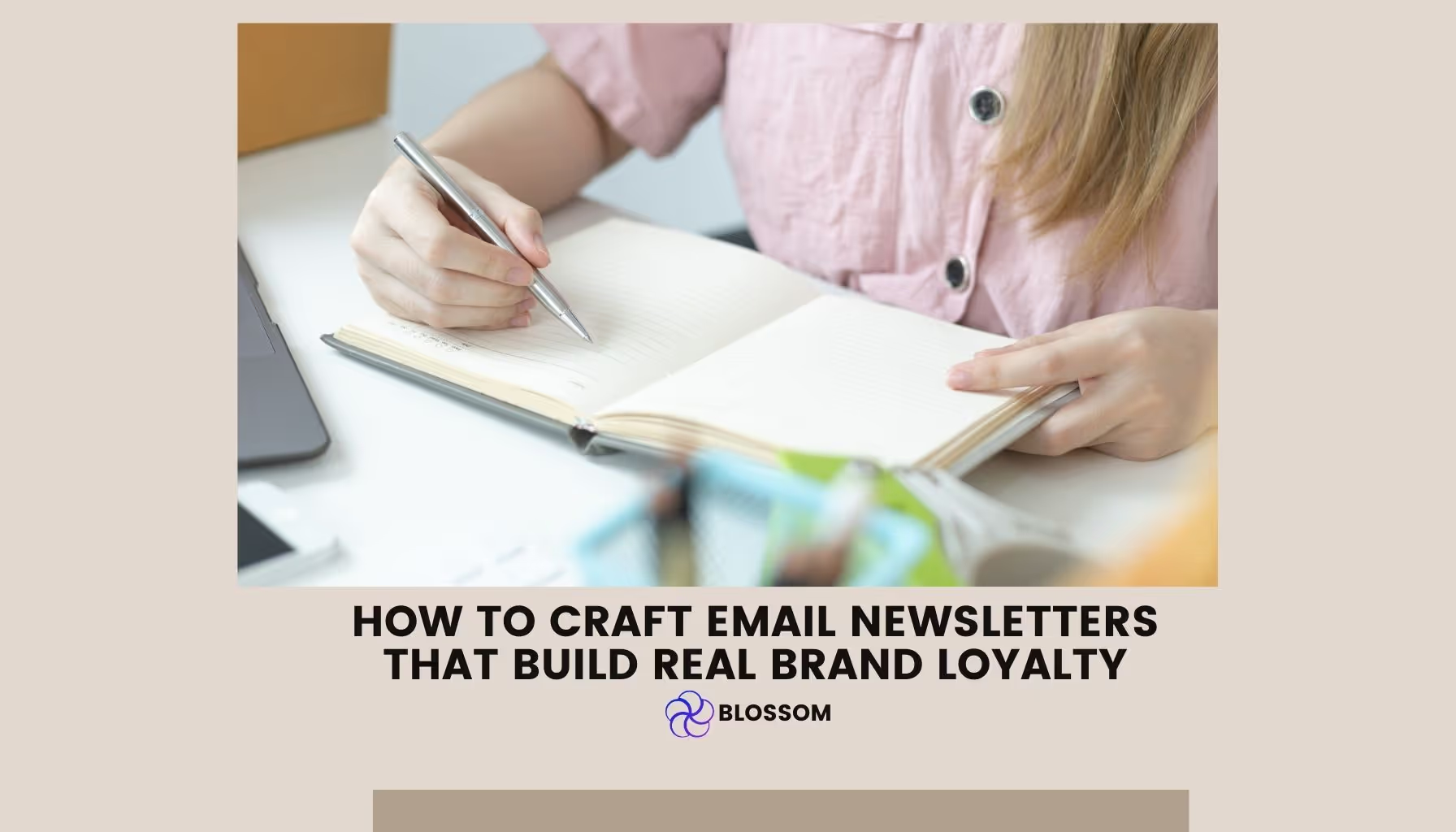
How to Craft Email Newsletters That Build Real Brand Loyalty


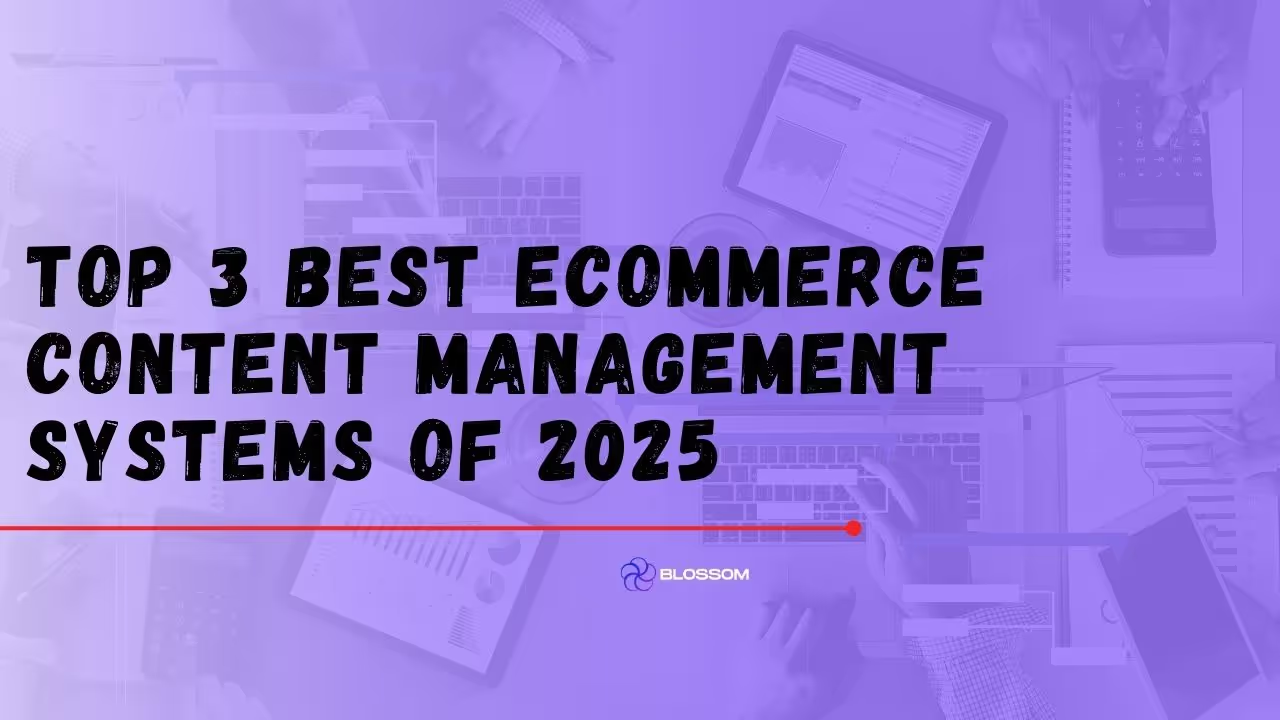
Top 3 Best eCommerce Content Management Systems of 2025




Not Sure Where to Start?
Let's find the biggest retention opportunities in your business. Get a free Klaviyo audit or retention consultation.



